There is always something important for the world of industrial machinery: the Gear Motor, which makes the various applications more effective and efficient. Hence, for global customers, having a good understanding of the complete specifications of gear motors is vital to choosing good, trustworthy, and practical solutions. This blog is designed to discuss in detail about gear motors regarding features, benefits, and applications in diverse industries. Whether looking at lower energy consumption or increased torque, learning things like the particulars of the Gear Motor will empower the buyers to make better decisions.
We, Chengdu Star Technologies Co., Ltd., were established in the year 2009, aggrandizing our identity as an esteemed agent for high-quality electromechanical products, from gearboxes to reduction motors and more. Our alliances with SIEMENS, FLENDER, BONFIGLIOLI, SEW, and NORD make certain that the customers gain access to the world-class Gear Motor solution that caters to their unique demands. And therefore, will have to navigate through this blog for their end use, as this is meant to facilitate global buyers with knowledge and insights about the complexities of gear motor specifications towards our promise of excellence in electromechanical systems.

Understanding Gear Motors: Key Components and Functions
To understand gear motors, one has to analyze a little about their components and about their functions since they serve various applications. Gear motors mostly are an assembly of motor plus gear reduction system, in which the output speed of the motor is decreased and the torque is increased. This setting gives gear motors an upper hand in operational excellence for applications in robotics, conveyor systems, and automotive technologies. The gear set is one of the key elements for gear motors, available in many configurations such as spur, bevel, or planetary gears. Each kind has its own pros, like high efficiency or small size, making gear motors versatile for different applications. Furthermore, one must also know specifications like torque, rpm, and power rating, which essentially assist in selecting the correct gear motor for any specific operational needs. This becomes a basis for worldwide buyers to make proper choices that would satisfy their performance desires.
Types of Gear Motors: An Overview
Different types of gear motors are available to suit different applications and performance requirements. Among the most popularly known are the DC gear motors-the simple-to-implement-and-control motoring devices, appropriate for robotics and automation applications. The AC gear motors, on the other hand, are used in applications suited for robust industrial performance with requirements for high torque at low speeds.
Similarly, the stepper gear motors satisfy applications with very precise control over movement such as those of the 3D printers or CNC machines. The choice between these different types will depend on factors such as type of power supply, types of controls needed, and space available. As global buyers deliberate their options, knowledge of these primary types can support their decision-making process and thereby ensure that their selected motor performs optimally in their projects.
Specifications to Consider When Choosing a Gear Motor
When it comes to gear motor selection, a variety of specs merit consideration so that one can decide on the most suitable fit for application. First and foremost, the gear motor's power output and torque ratings should be compared, as these specifications dictate the motor's effectiveness in carrying out the intended tasks efficiently. Understanding the gear ratio is incredibly important; it is responsible for the all-important functions of speed and torque conversion, and its effect on general performance.
Another crucial consideration is the physical size and weight of the gear motor. Depending on how one applies it, size may vary regarding installation or operational capacity. Next, consider the efficiency parameter: high efficiency means lower energy consumption and operating costs. Last, consider not only the parameters for durability but also the material quality, which, along with durability, is paramount for the longevity and dependability of the gear motor in a demanding environment.

Torque and Speed Ratings: What Buyers Need to Know
In choosing a gear motor, understanding torque parameters and topics pertinent to speed ratings is necessary for gathering one´s own information. Torque, or the rotational sort of force in turn generated by a motor, governs how the motor behaves in given applications- from heavy-duty industrial machinery to little electric vehicles. Buyers should search specifications that are in tune with their given needs because the required torque value varies according to the operational situations.
Speed rating holds importance here as it gives an estimate of how fast the gear motor would run while applying load. In applications requiring quick response character, higher speed ratings are desired; slower speeds may better serve applications that place a priority on accuracy. Buyers should combine their assessment of these figures to make sure that the gear motor can deliver the efficiency and performance needed for their projects.
Efficiency and Performance Metrics for Gear Motors
Consequently, the efficient gear motors are key players in diverse applications and must be well known to the potential buyers across the continent when it comes to their efficiency and performance indices. Querying the efficiency affects operational cost and performance, so prospective buyers should inquire into the power output, torque rating, and energy consumption specifications.
In addition, performance metrics like response time, durability, and load capacity determine how reliable a gear motor would be under real-life conditions. The evaluation of these parameters assists buyers in identifying the right gear motor in the right combination of speed and torque for optimal performance. Thus, with industries constantly evolving, it will become essential to keep up with all advancements in gear motors so as to maximize productivity and efficiency.
Material and Build Quality: Impact on Durability
The durability and longevity of gear motors are determined by factors such as the materials and build quality. Advanced materials involving high-grade alloys and reinforced plastics can enhance the performance of gear motors against different environmental conditions. Indeed, these robust materials mean that a gear motor is going to be resilient and resistant to wear and tear while maintaining performance over time for global buyers.
High engineering standards are now expected of the modern gear motors for all application functions and not merely for that. The incorporation of such high build quality into bearings, housings, and gears leads to precision engineering to minimize friction and noise such that they operate. Such meticulous overview is a necessity in the industries relying on gear motors because it directly impacts their productivity as well as operating costs. For prospective buyers, making decisions towards which purchase to make would require an understanding of material strengths and durability.
Common Applications of Gear Motors in Various Industries
Gear motors find importance in most industry applications owing to the precise control and dependable torque it provides. They are compact but powerful enough to handle conveyor systems, robotics, and automotive manufacture, where movement is required efficiently. The integration of gear motors allows for optimized operations, reduced chances of mechanical breakdowns, and enhanced productivity.
In the case of specific automotive applications, gear motors drive electric window lifts, seat adjustments, and automated gates. They also power conveyor belts and assembly lines in the manufacturing sector for the smooth and consistent movement of products. Gear motor versatility allows adaptation to fulfill the requirement in various industries, thereby increasing overall efficiency and performance.
Global Standards and Compliance for Gear Motors
Gear motors have become indispensable in the fast-paced industrial scenario since they are extensively used in multiple applications. The design and performance of these machines adhere to global compliance and standards in terms of safety and reliability that suit different needs of the market. Manufacturers are working increasingly toward the development of gear motors that not only fulfil rigorous standards but support maximum efficiency and durability as well.
Recent advancements in gear-motor technology have been directed at infusing high-tech specifications onto a high-end product, which is also in line with several innovations in the motorcycle industry. Enhanced performance arises from the gear motor's ability to deliver power to a very compact design while continuing to satisfy contemporary application demands. Therefore, an understanding of worldwide specifications is important for any buyer making decisions as to which gear motors to select for his/her project. If these standards are maintained, they will provide extra functionality and longevity, which will lead us to a sustainable present and future for numerous sectors.
Maintenance Tips for Prolonging Gear Motor Lifespan
To ensure long life and proper functioning of gear motors, one has to maintain them. A key tip is keeping the gears and bearings lubricated regularly to limit friction and wear. Using lubricants suggested by the manufacturer will help keep the motor operationally efficient and will also prevent overheating and resulting mechanical failures.
Periodic inspections held up by these processes will also help. Checking for wear and observing for any unusual noise or vibration is a good way to nip possible problems in the bud. A motor that is mounted correctly, operating within specified environmental conditions will have a longer life. It's always wise to follow a proactive maintenance approach, and by doing this, you will not only prolong the working life of your gear motor but also enhance its reliability and work performance.
Future Trends in Gear Motor Technology and Design
Very considerably in the direction of progressive development in future gear motor technology innovations, such technologies will be commanded by trends in electric and hybrid vehicles. Soaring demand has continued to set up more powerful and efficient motors, compelling manufacturers to integrate smart features in their respective gear systems for real-time performance monitoring and advanced control algorithms.
In addition, development is being fast-tracked on gear motors using environmentally sustainable materials and design. The advancements of electric motors have also contributed to the manufacture of compact but relatively light and efficient gear motors, which will make it easy to conveniently fit them into contemporary vehicles. Besides, such innovations pave the way for improved power provision while also consuming less energy, thus establishing gear motors as the key components in futuristic automotive technologies.
FAQS
A gear motor combines a motor with a gear reduction system to decrease output speed while increasing torque, enhancing efficiency for various applications.
The main components of gear motors include the motor itself and the gear set, which can be of various types such as spur, bevel, or planetary gears.
Understanding specifications like torque, speed, and power rating is vital for selecting the right gear motor that meets specific operational requirements.
Efficiency affects operating costs and overall performance, making it essential for buyers to evaluate power output, torque rating, and energy consumption.
Important performance metrics include response time, durability, and load capacity, which determine a gear motor's reliability in real-world applications.
Different gear types, such as spur, bevel, and planetary gears, have distinct advantages like increased efficiency and compact size, allowing gear motors to be versatile for various use cases.
Staying informed about advancements in gear motor technology is crucial for maximizing productivity and efficiency as industries continue to evolve.
Gear motors are commonly used in applications such as robotics, conveyor systems, and automotive technologies.
Torque is crucial as it indicates the motor’s ability to apply rotational force, which is increased through the gear reduction system, making gear motors suitable for heavy-load applications.
Gear motors typically operate on the principle that as speed decreases due to gear reduction, torque increases, allowing for efficient functionality in various applications.

Home
Products
SIEMENS Gearmotor
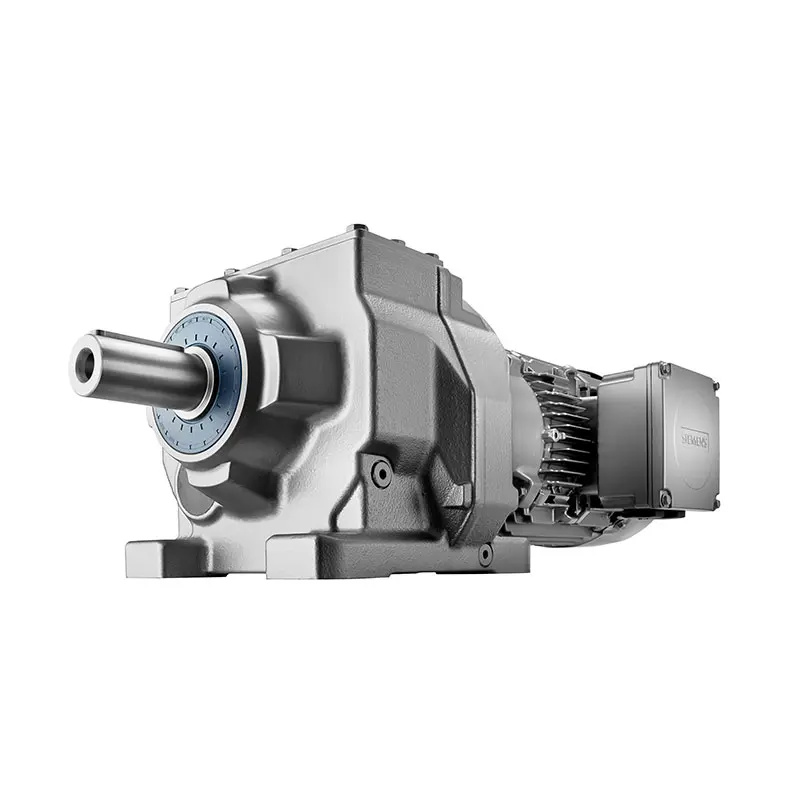 SIEMENS Helical Gearmotor Low Voltage
SIEMENS Helical Gearmotor Low Voltage 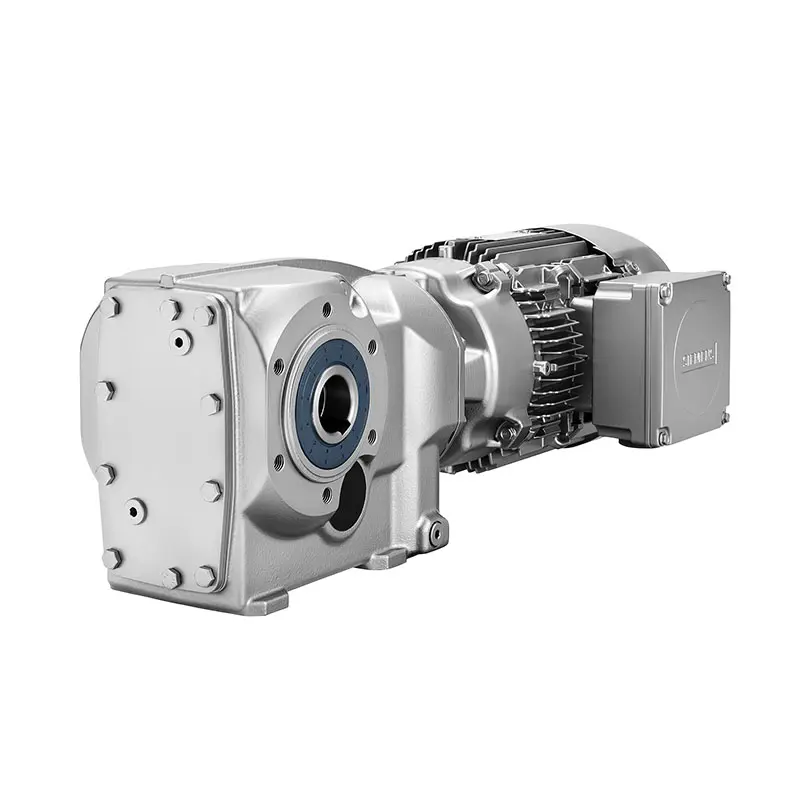 SIEMENS Bevel Helical Gearmotor
SIEMENS Bevel Helical Gearmotor  SIEMENS Parallel Shaft Gearmotor
SIEMENS Parallel Shaft Gearmotor 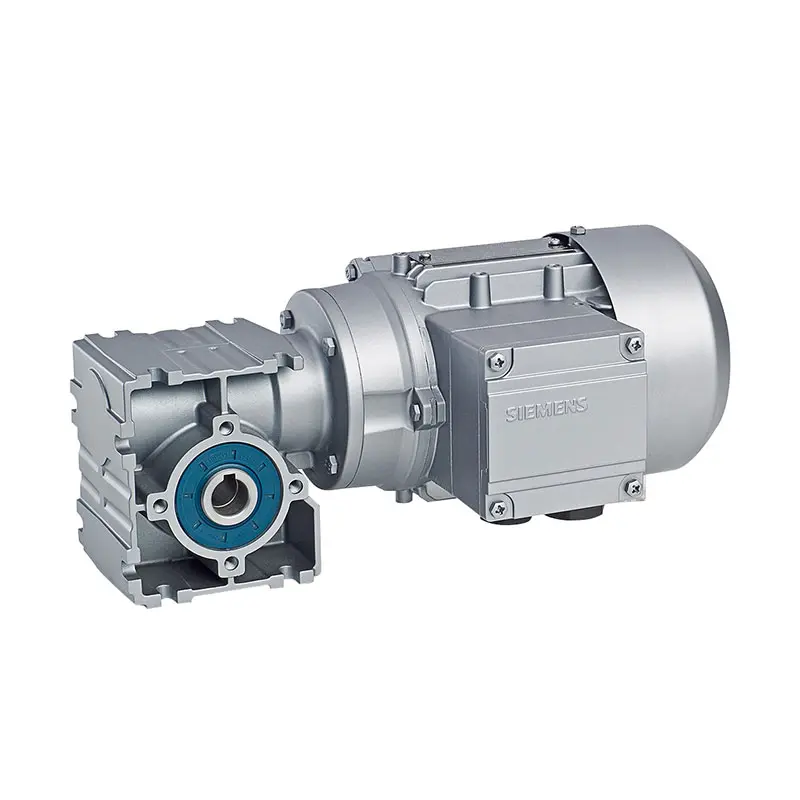 SIEMENS Worm Gearmotor Low Voltage
SIEMENS Worm Gearmotor Low Voltage 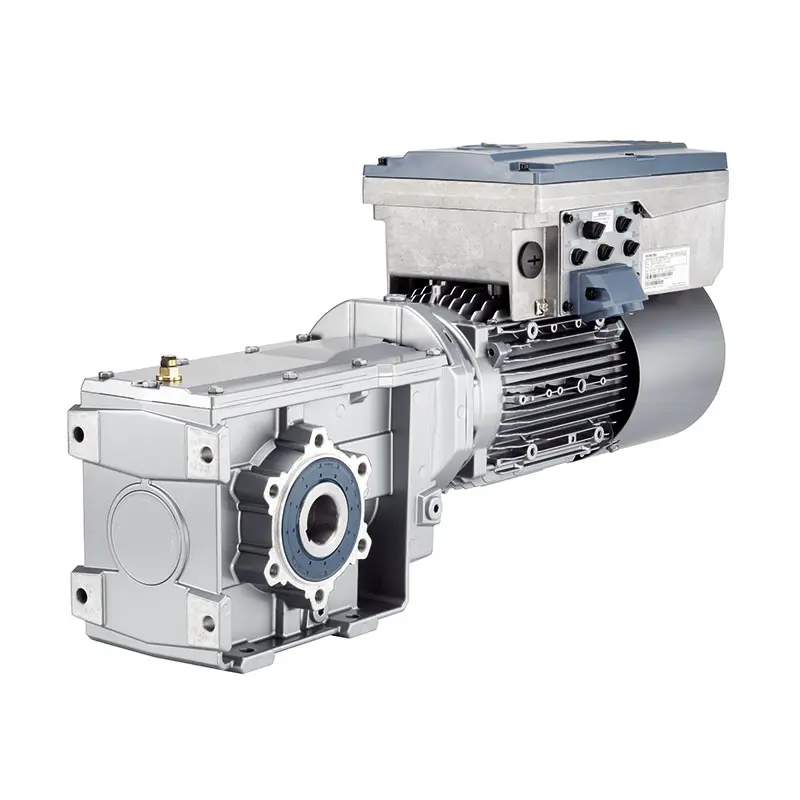 SIEMENS With Servo Motor Gearmotor
SIEMENS With Servo Motor Gearmotor 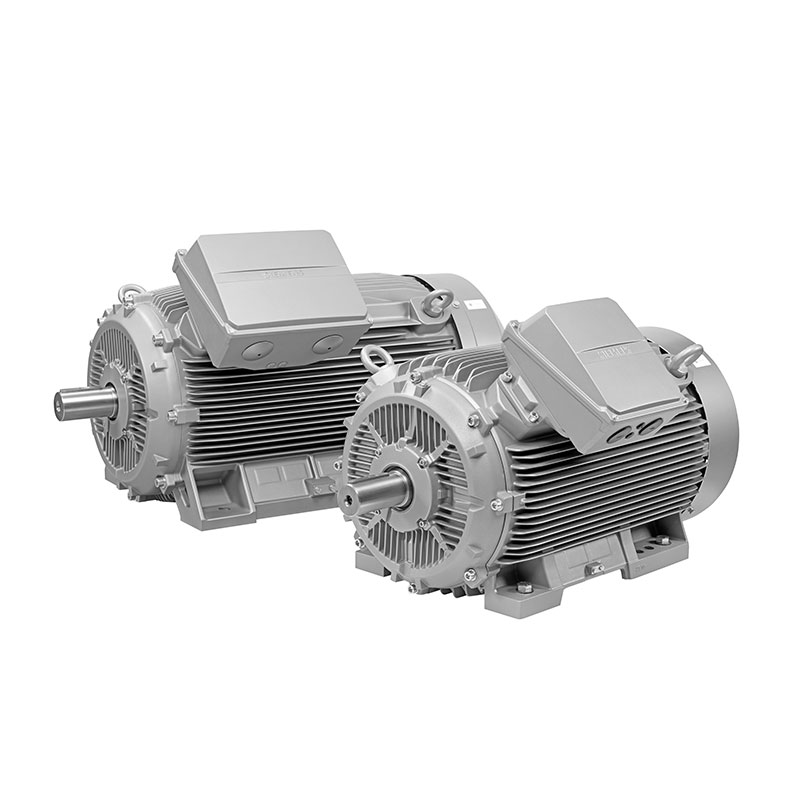 SIEMENS Low Voltage Motor Low Voltage
SIEMENS Low Voltage Motor Low Voltage 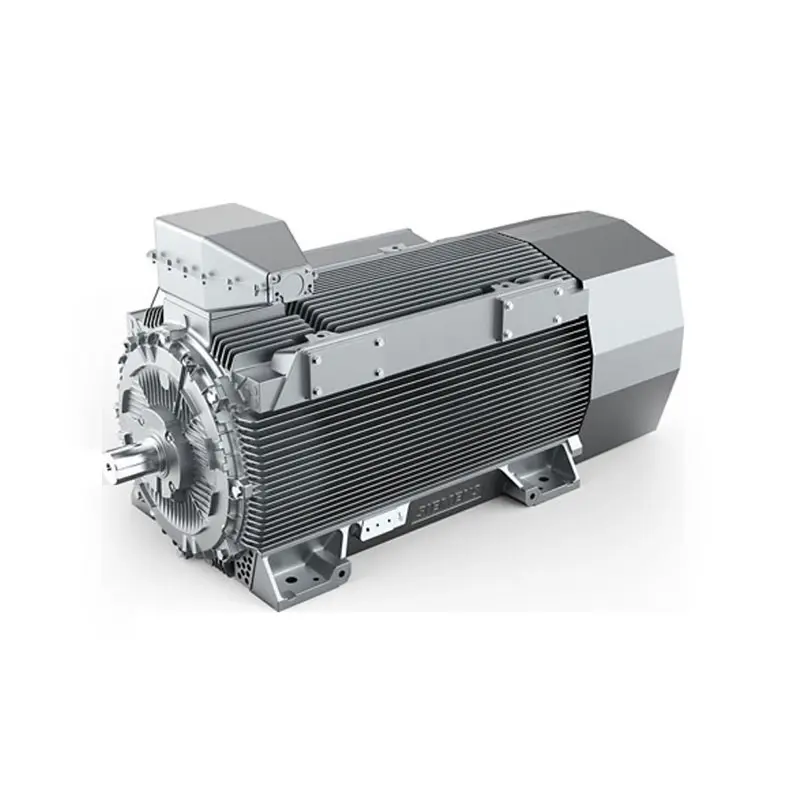 SIEMENS High Voltage Motor Low Voltage
SIEMENS High Voltage Motor Low Voltage 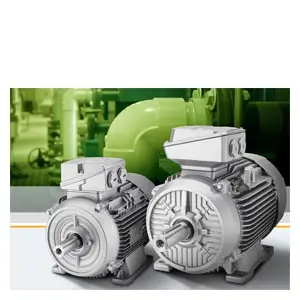 SIEMENS Marine Motor Low Voltage
SIEMENS Marine Motor Low Voltage 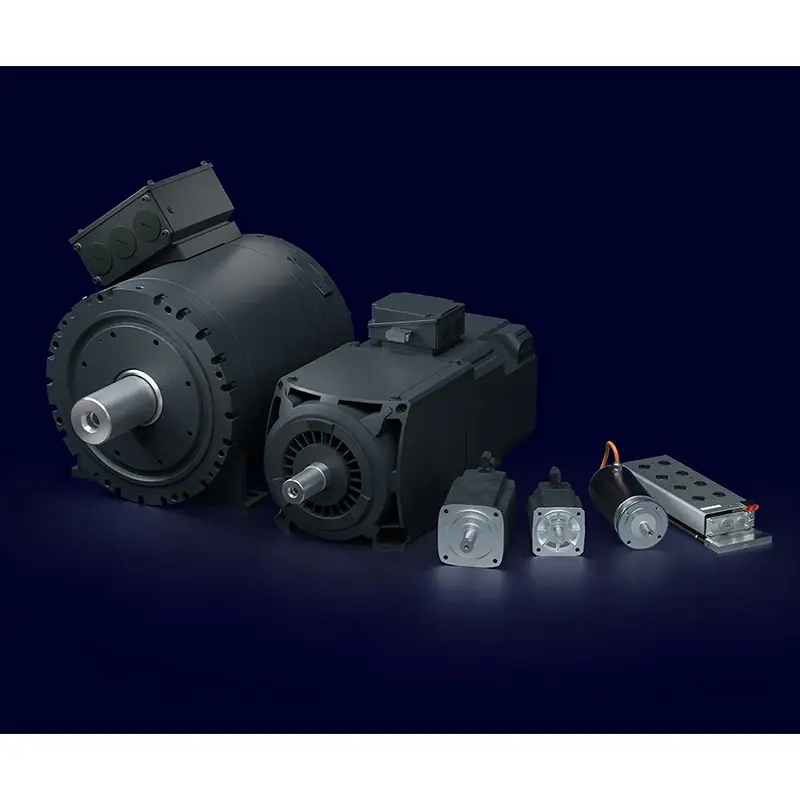 SIEMENS Servo Motor Low Voltage
SIEMENS Servo Motor Low Voltage 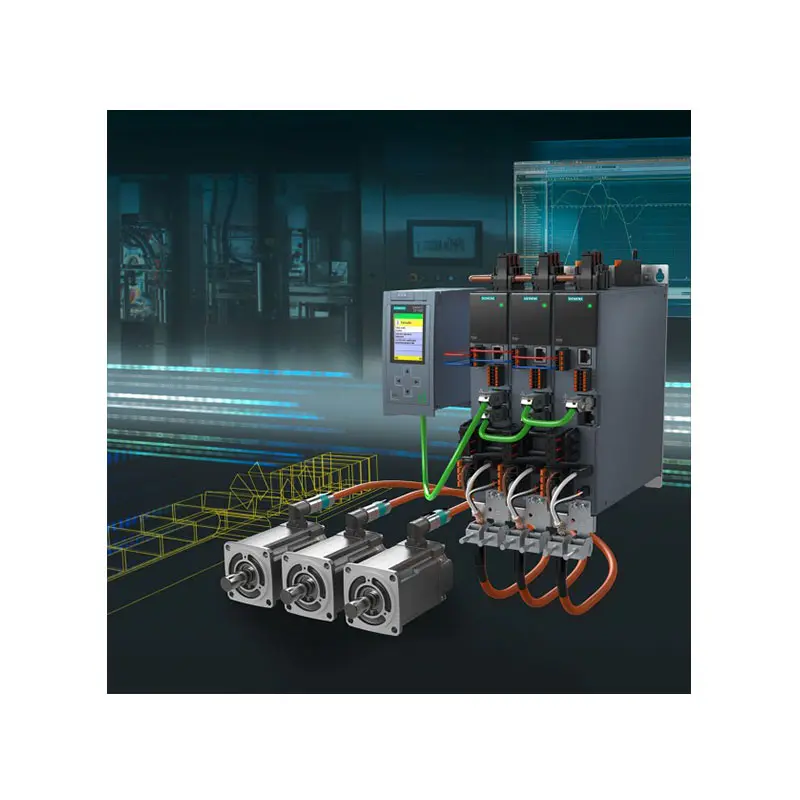 SIEMENS SINAMICS S210 Low Voltage
SIEMENS SINAMICS S210 Low Voltage 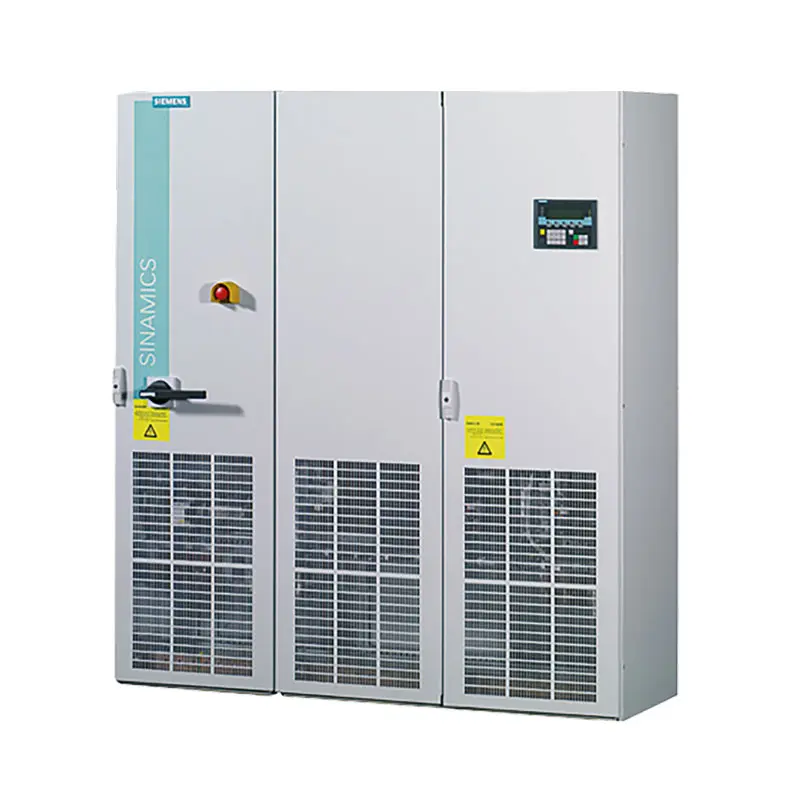 SIEMENS SINAMICS S150 Low Voltage
SIEMENS SINAMICS S150 Low Voltage 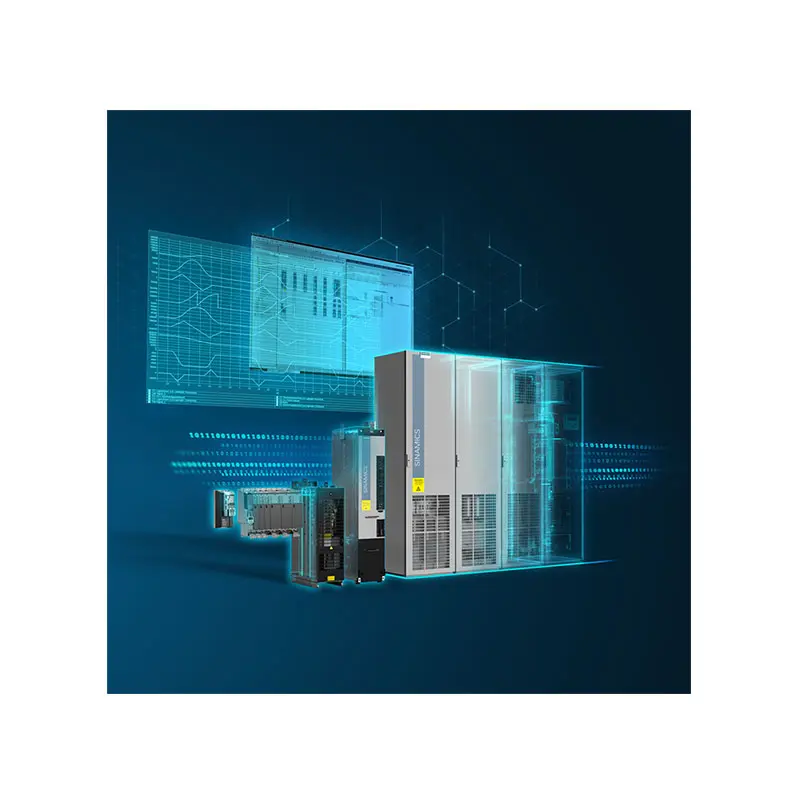 SIEMENS SINAMICS S120 Low Voltage
SIEMENS SINAMICS S120 Low Voltage 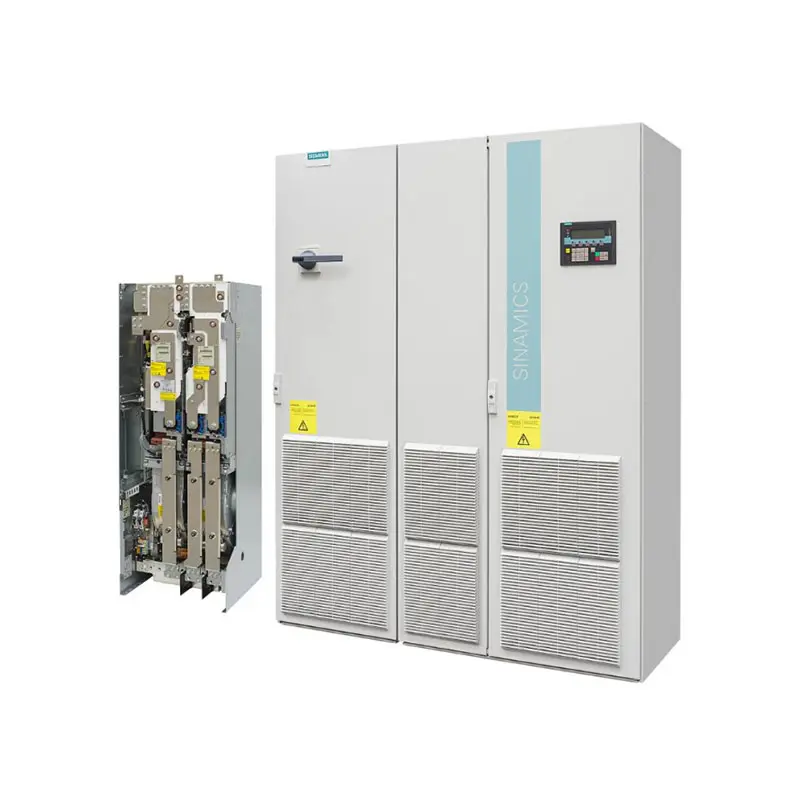 SIEMENS SINAMICS G130/G150
SIEMENS SINAMICS G130/G150 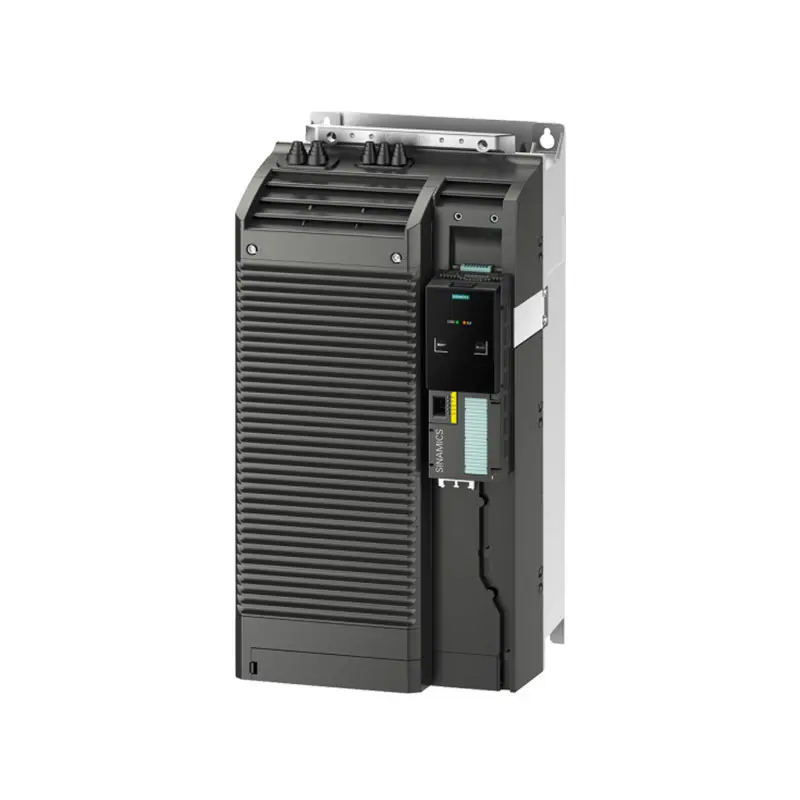 SIEMENS SINAMICS G120 Low Voltage
SIEMENS SINAMICS G120 Low Voltage 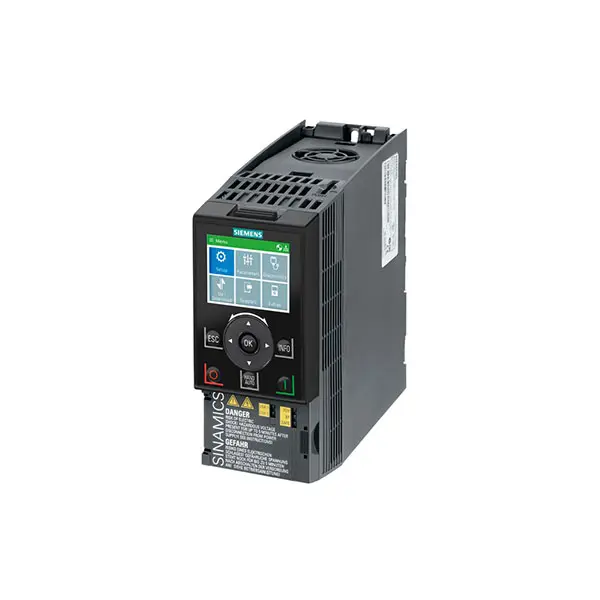 SIEMENS SINAMICS G120C Low Voltage
SIEMENS SINAMICS G120C Low Voltage 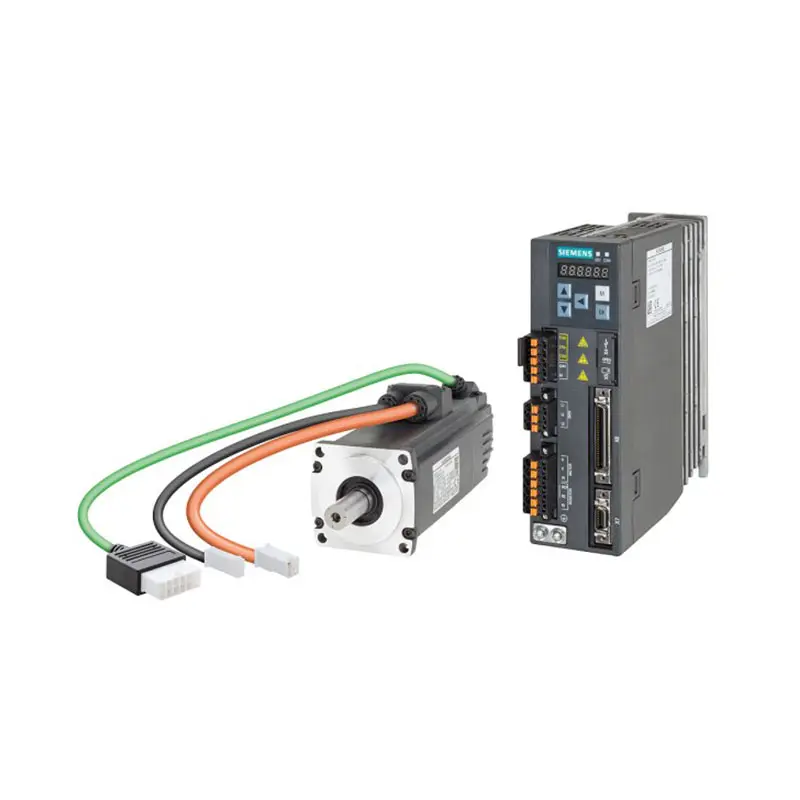 SIEMENS SINAMICS V90
SIEMENS SINAMICS V90 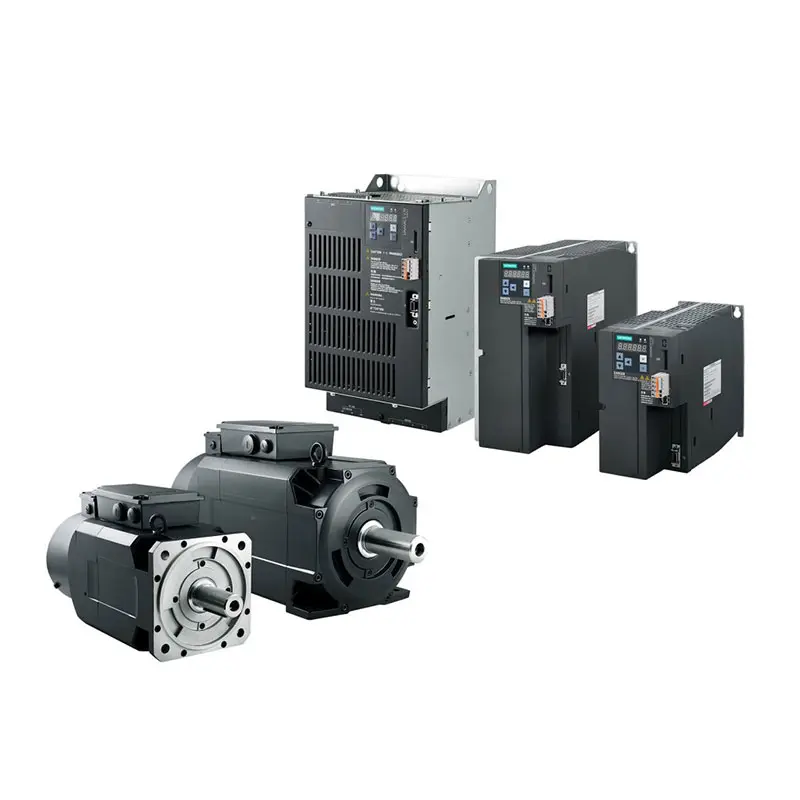 SIEMENS SINAMICS V70 Low Voltage
SIEMENS SINAMICS V70 Low Voltage 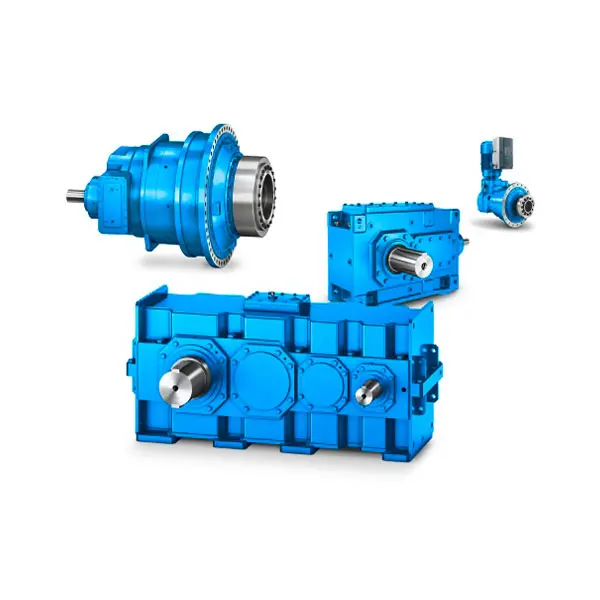 FLENDER Gear Unit
FLENDER Gear Unit 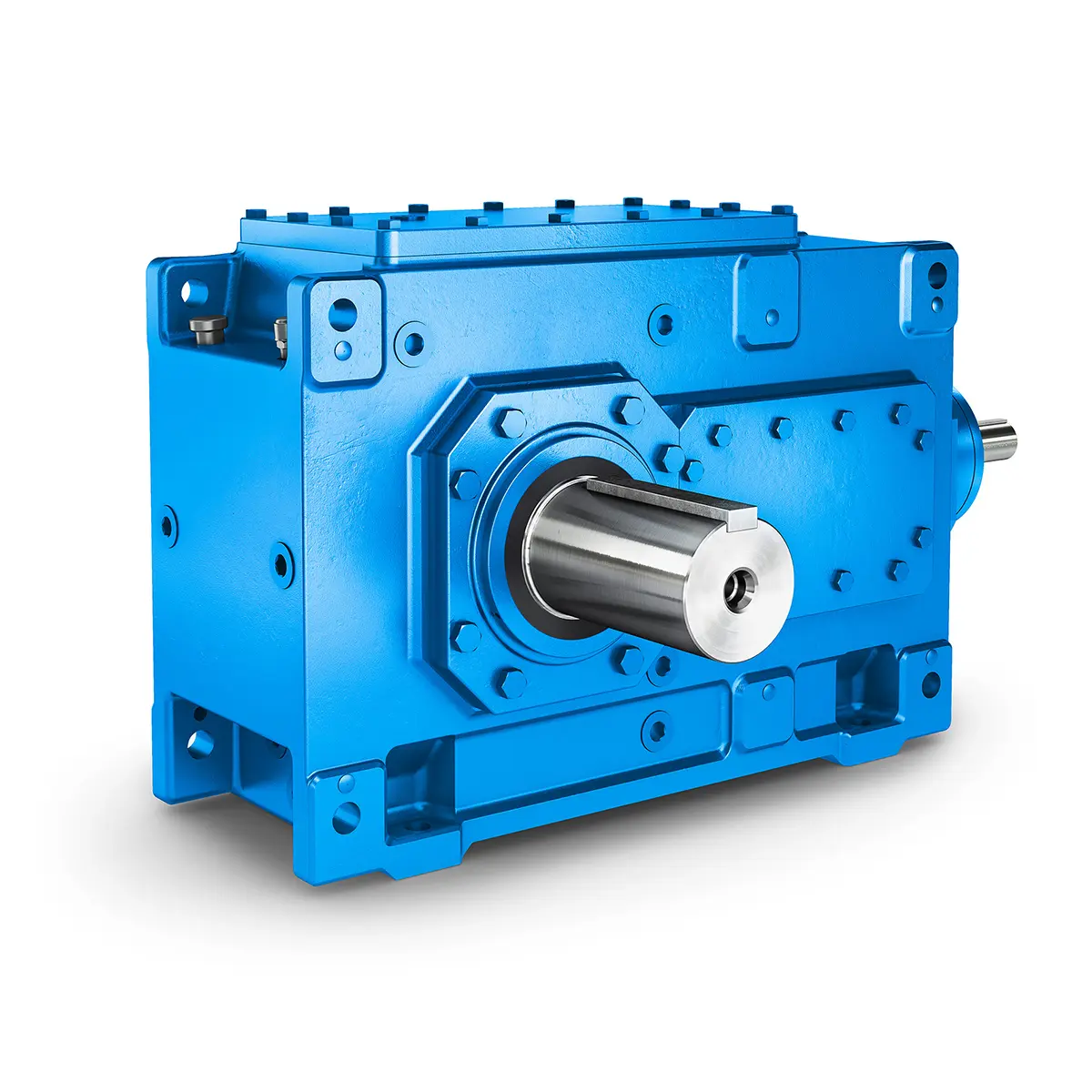 FLENDER Helical Gear Unit
FLENDER Helical Gear Unit 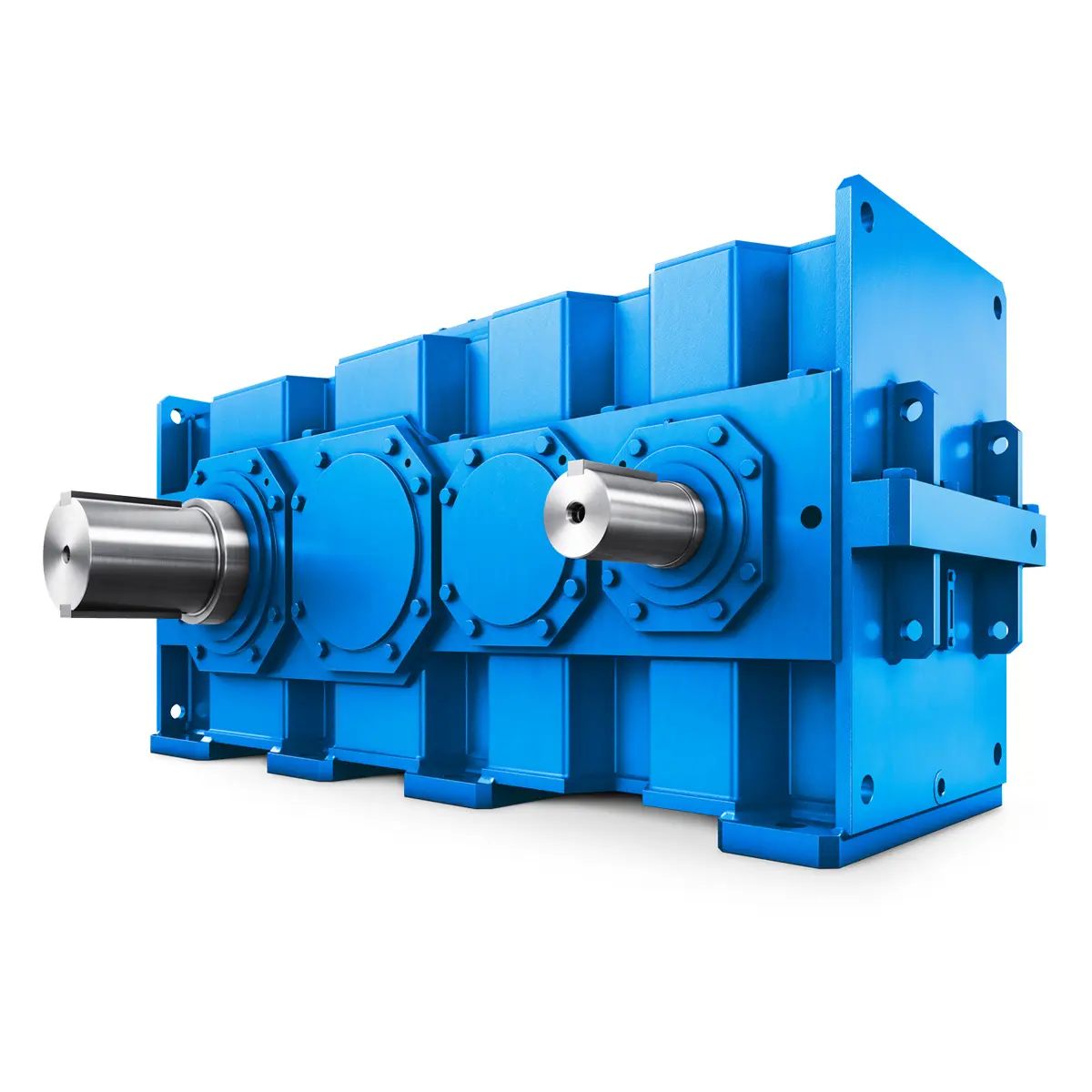 Flender gear units for lifting and luffing gears
Flender gear units for lifting and luffing gears 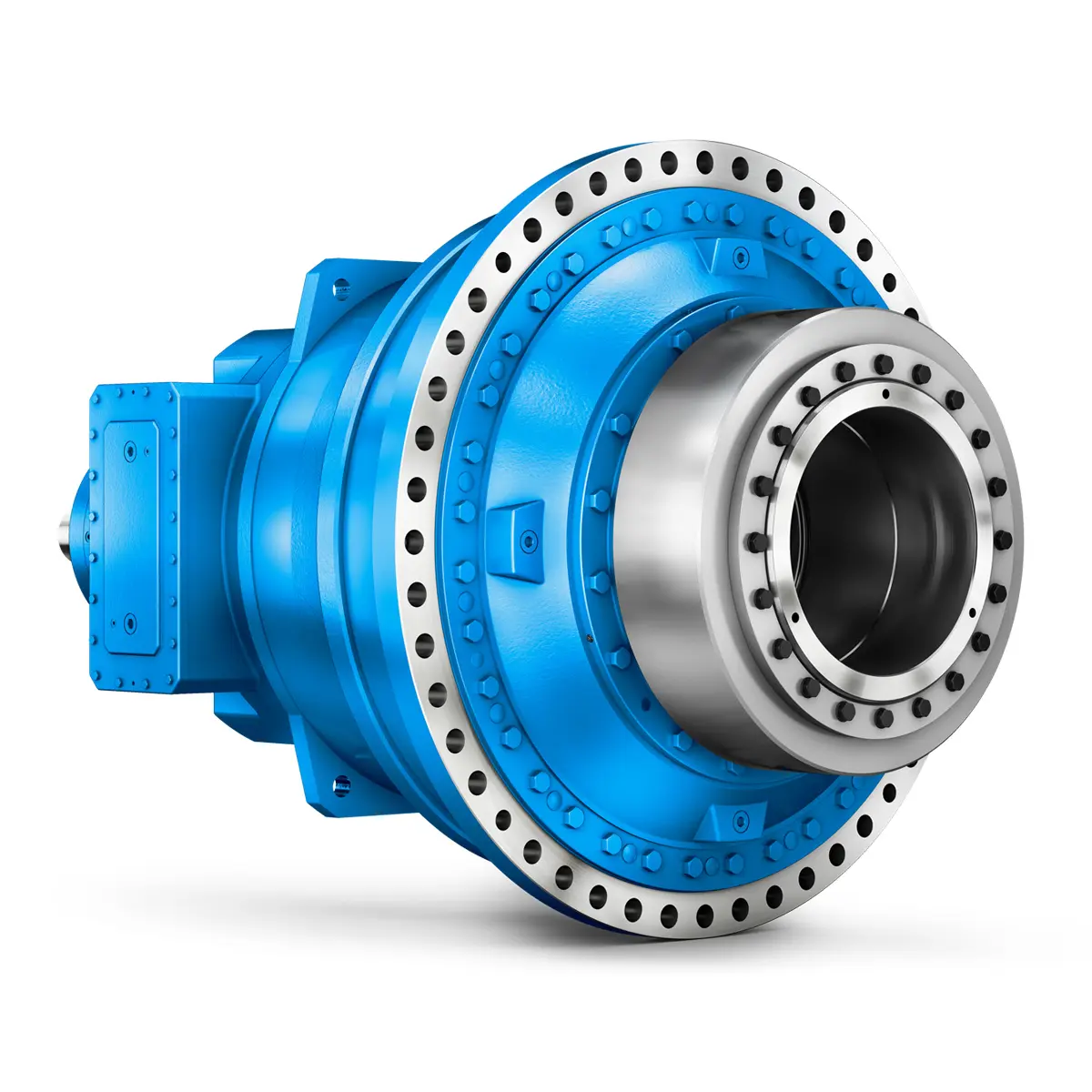 FLENDER Gear Unit gearunit gearbox
FLENDER Gear Unit gearunit gearbox 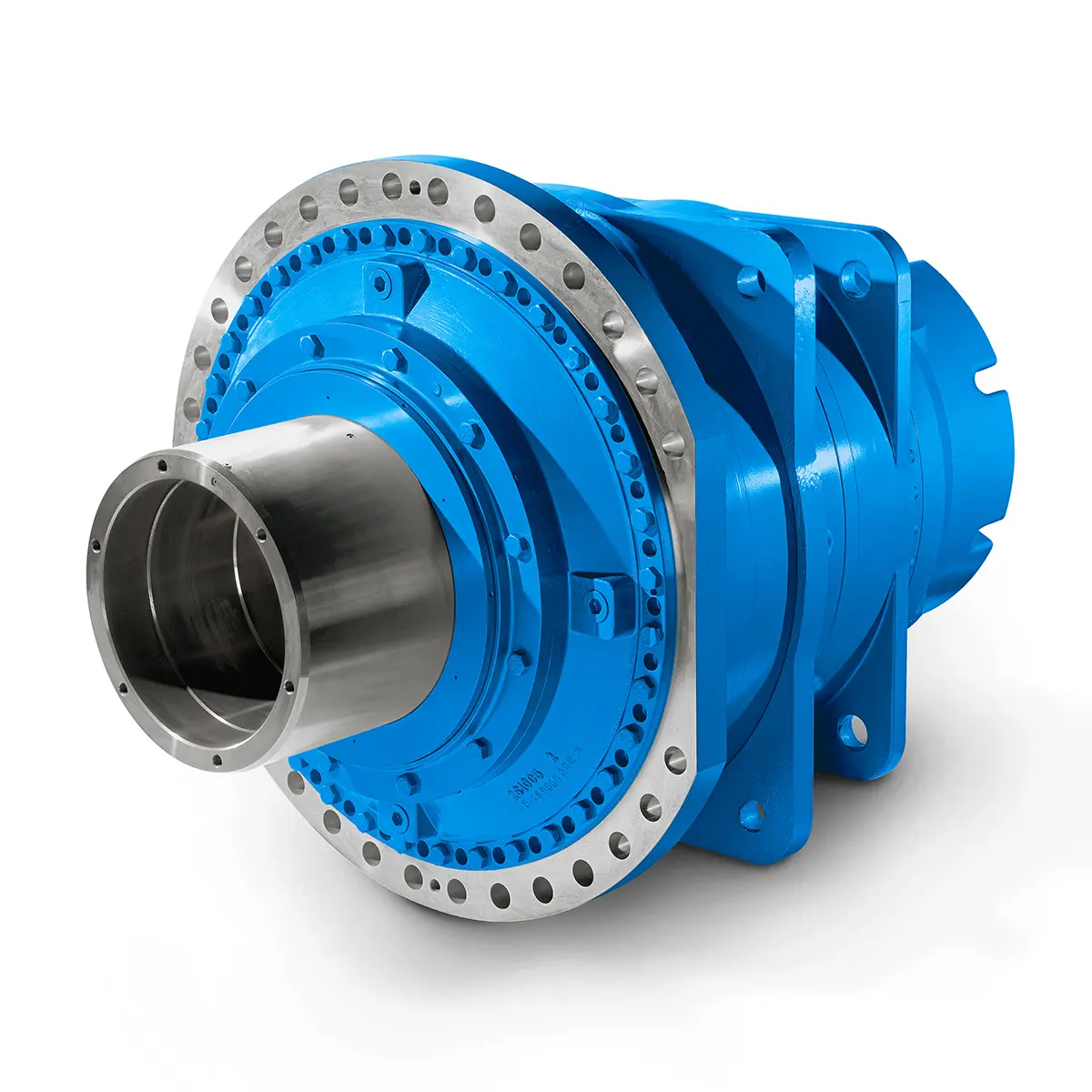 Optimal Drive Solution For Maximum Performance
Optimal Drive Solution For Maximum Performance 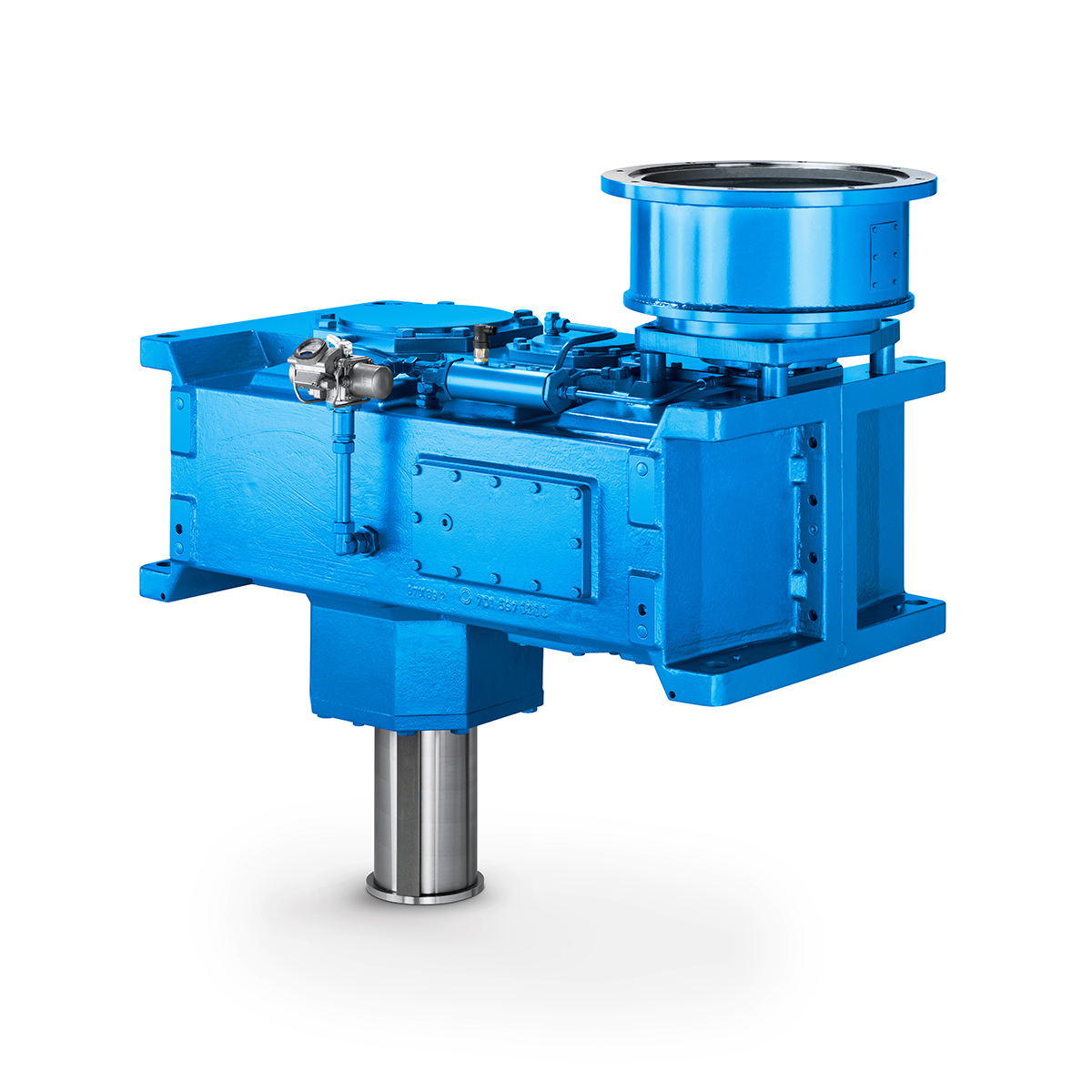 Strongly operating against biodegradable constituents
Strongly operating against biodegradable constituents 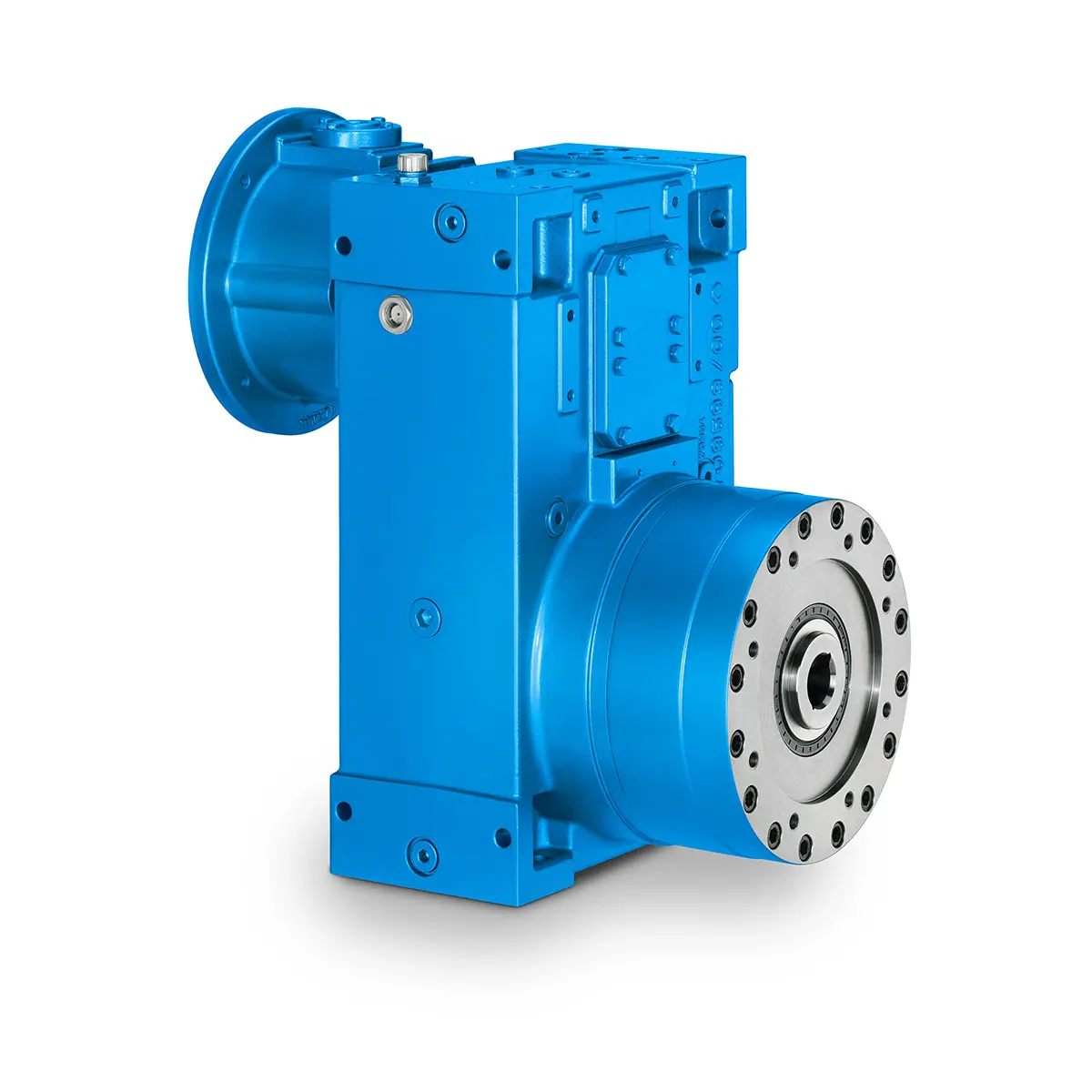 SINGLE SCREW Special industry dedicated gearunit gearbox
SINGLE SCREW Special industry dedicated gearunit gearbox 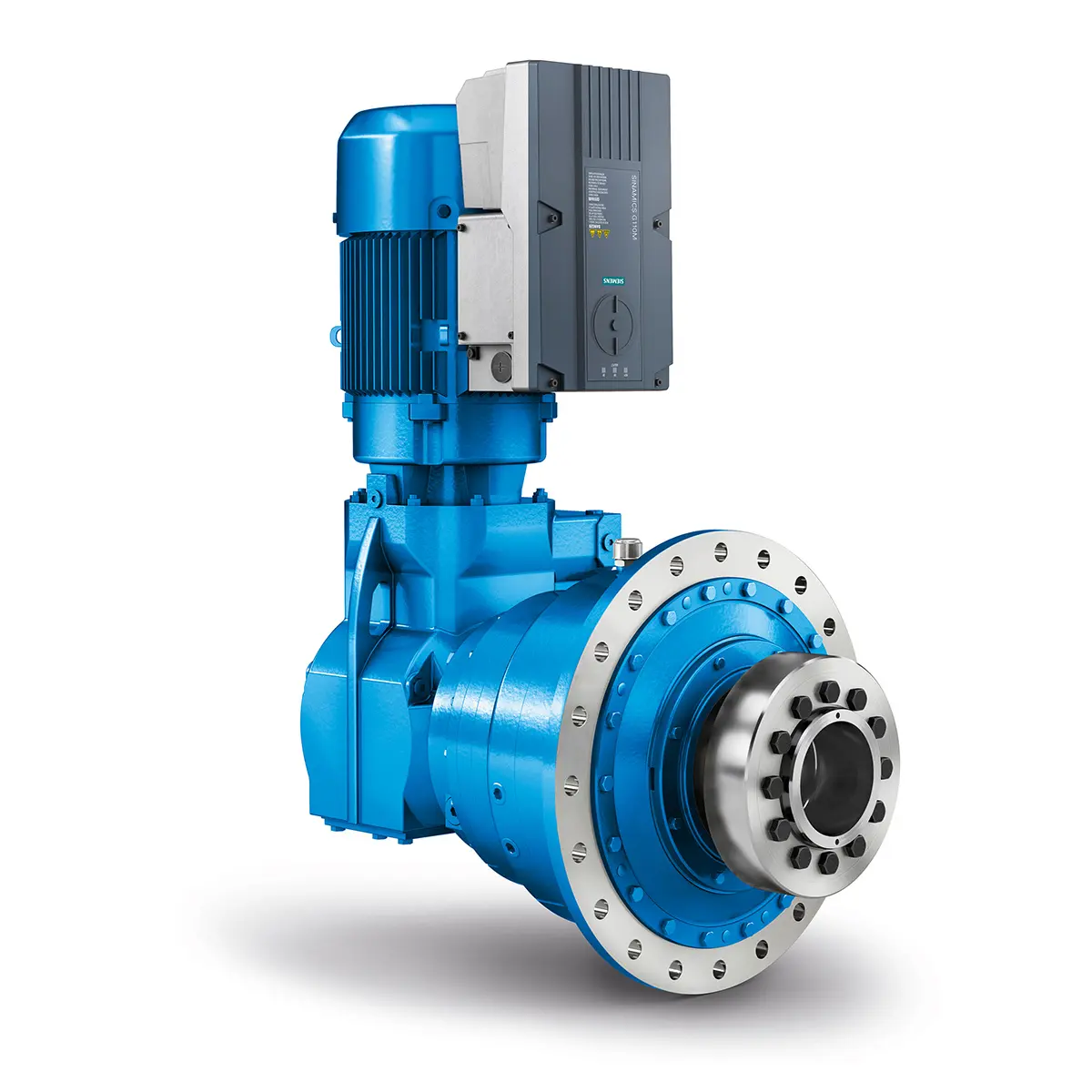 Playmaker In The Premium League
Playmaker In The Premium League 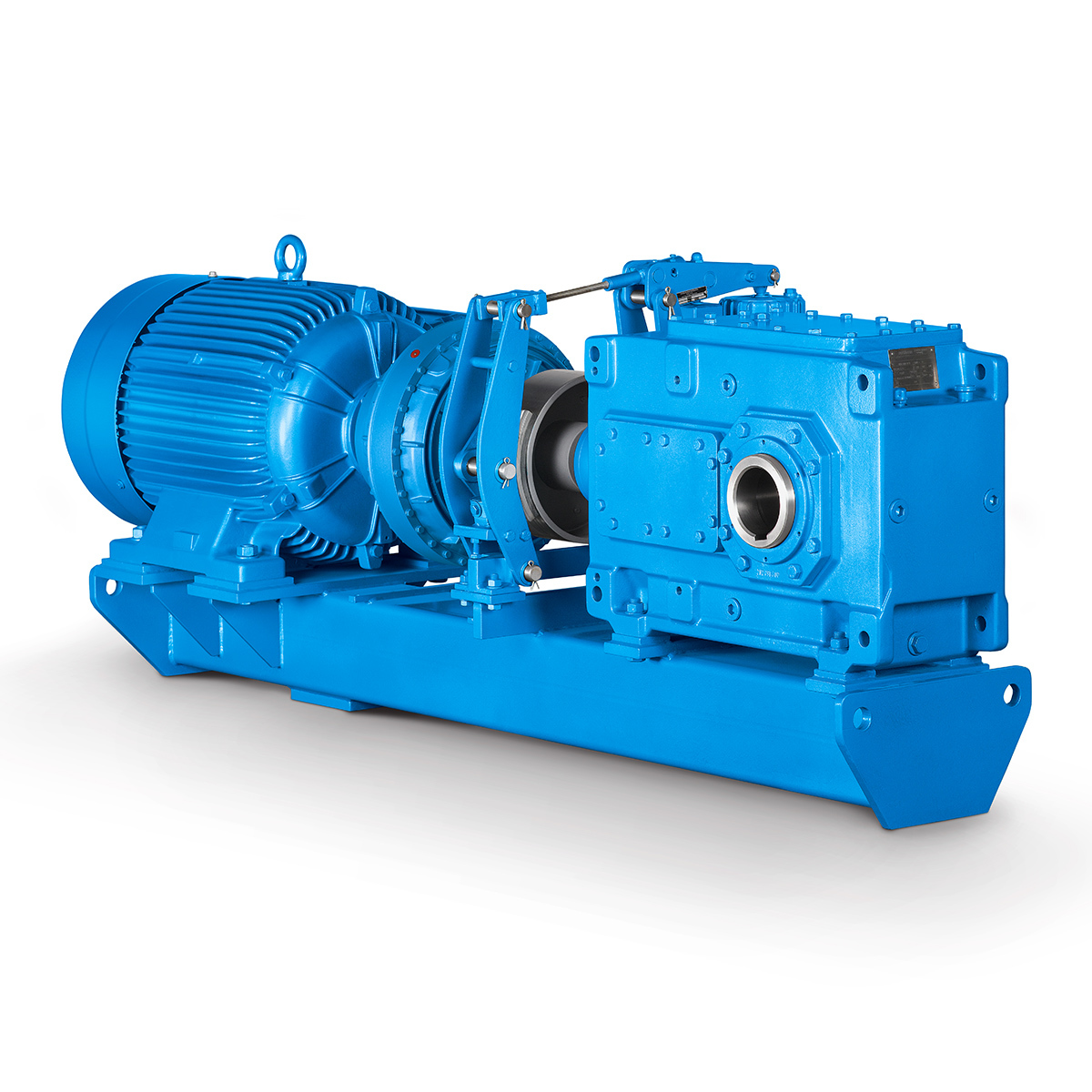 Conveyor belts gearunit gearbox
Conveyor belts gearunit gearbox 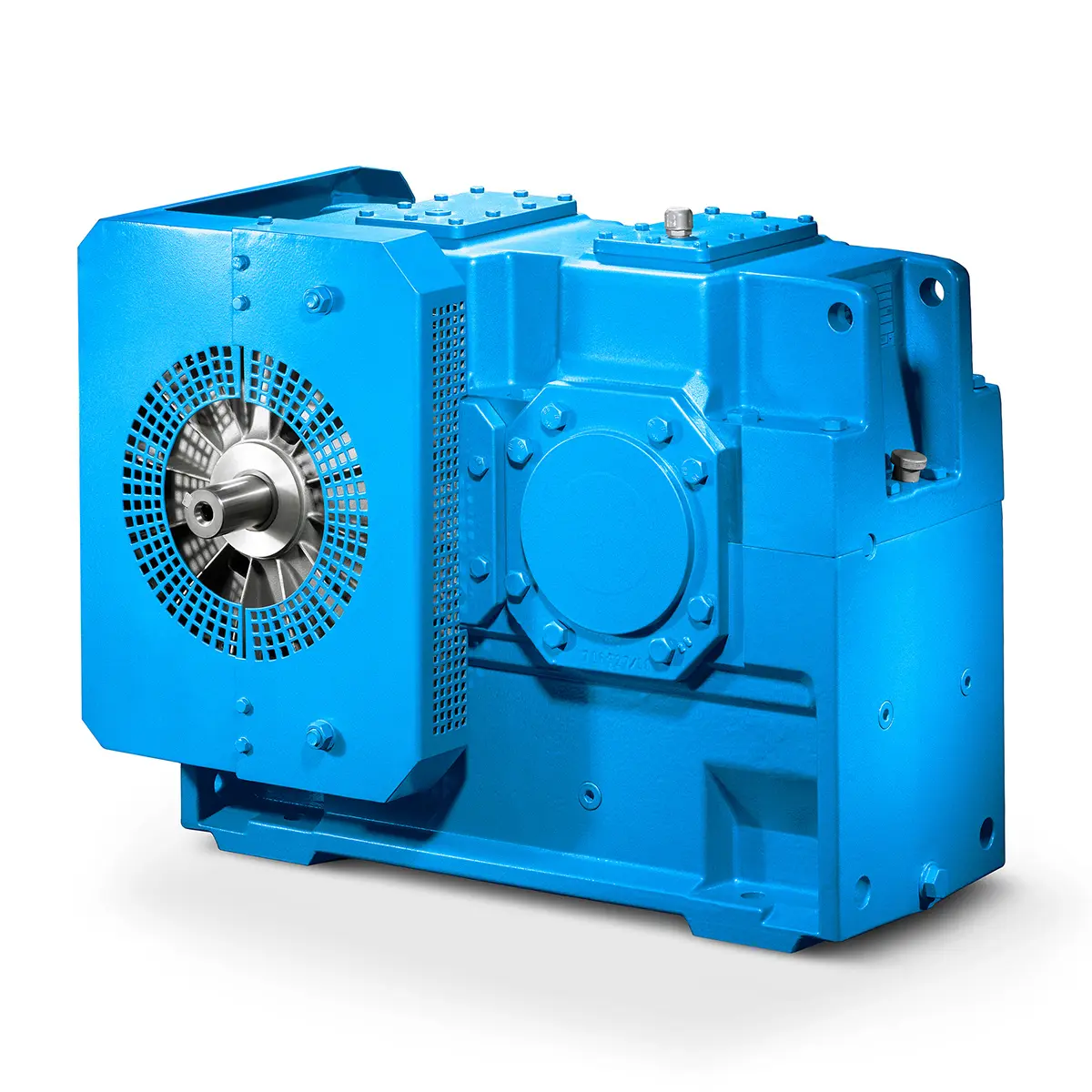 Paper And Pulp Preparation Sections
Paper And Pulp Preparation Sections 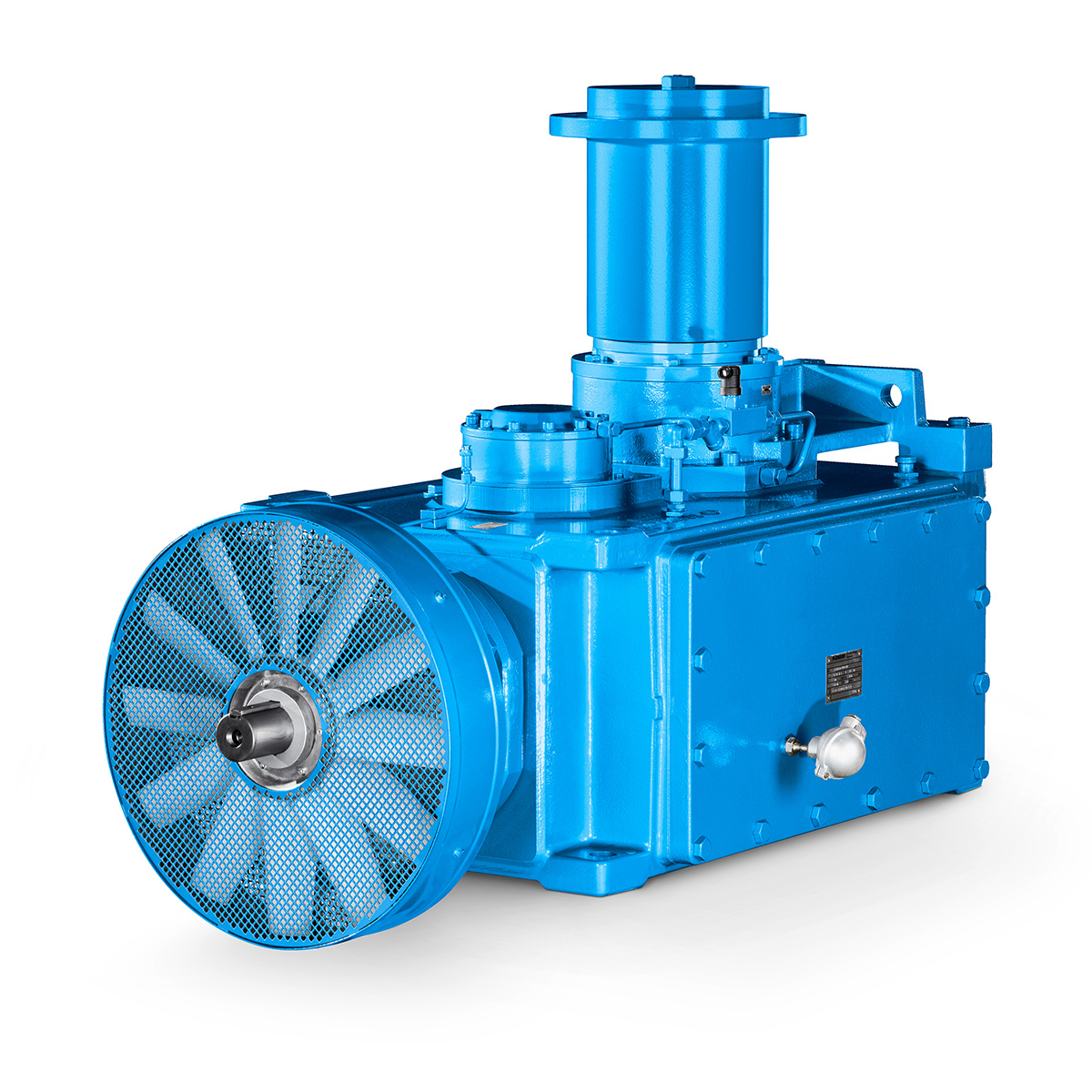 Operational Reliability Even In Case Of The Highest Ventilation Forces
Operational Reliability Even In Case Of The Highest Ventilation Forces 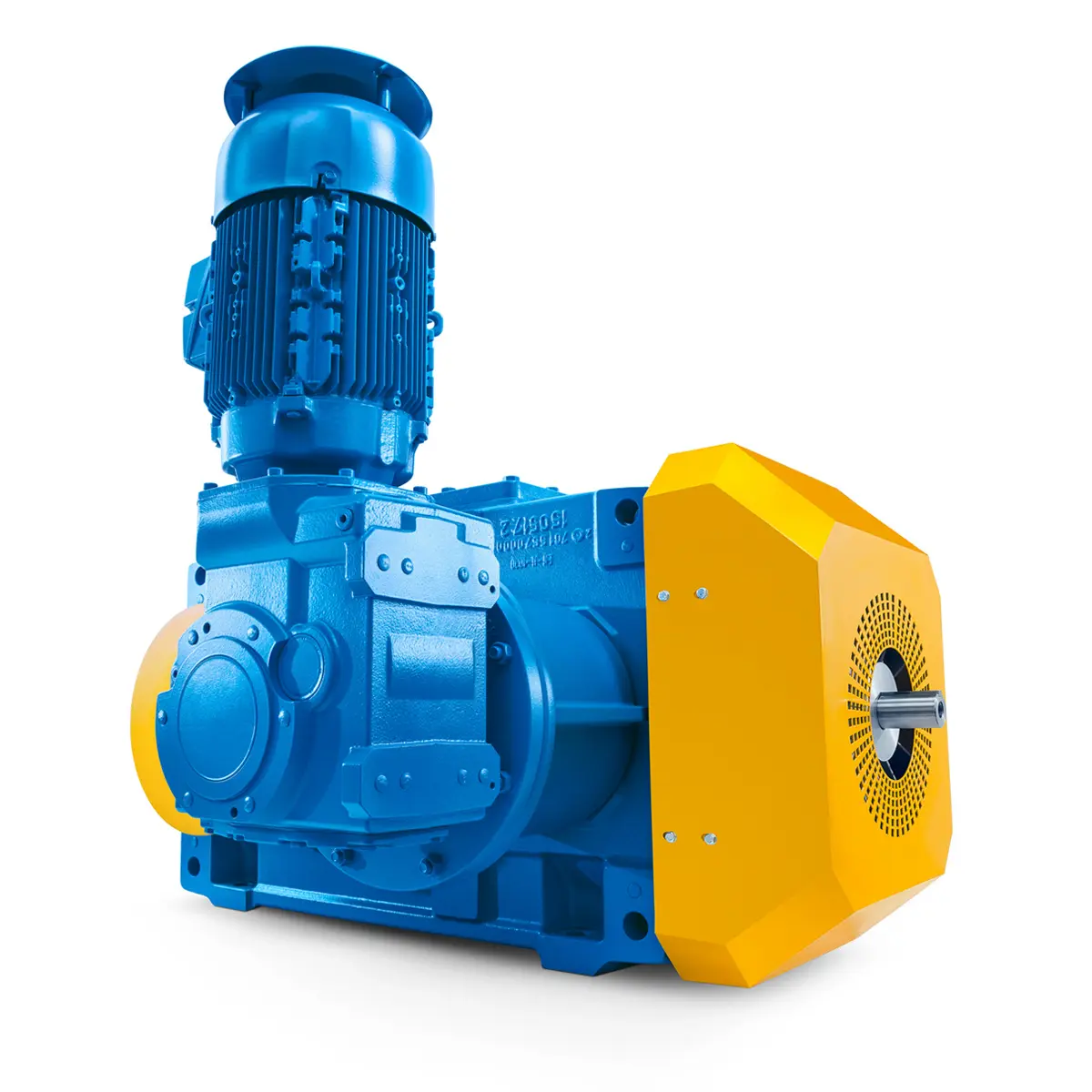 Reliable Gear Units For High Performance Vertical Conveyors 59/200
Reliable Gear Units For High Performance Vertical Conveyors 59/200 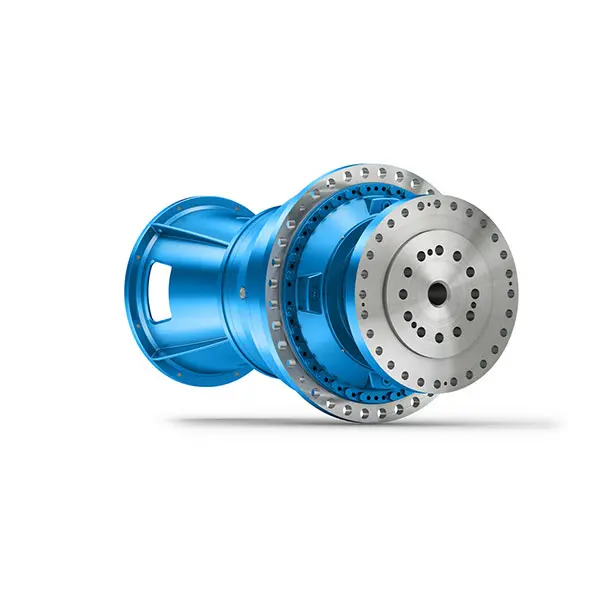 Maximum power density – PLANUREX 3 L individual drives for your sugar cane mill
Maximum power density – PLANUREX 3 L individual drives for your sugar cane mill 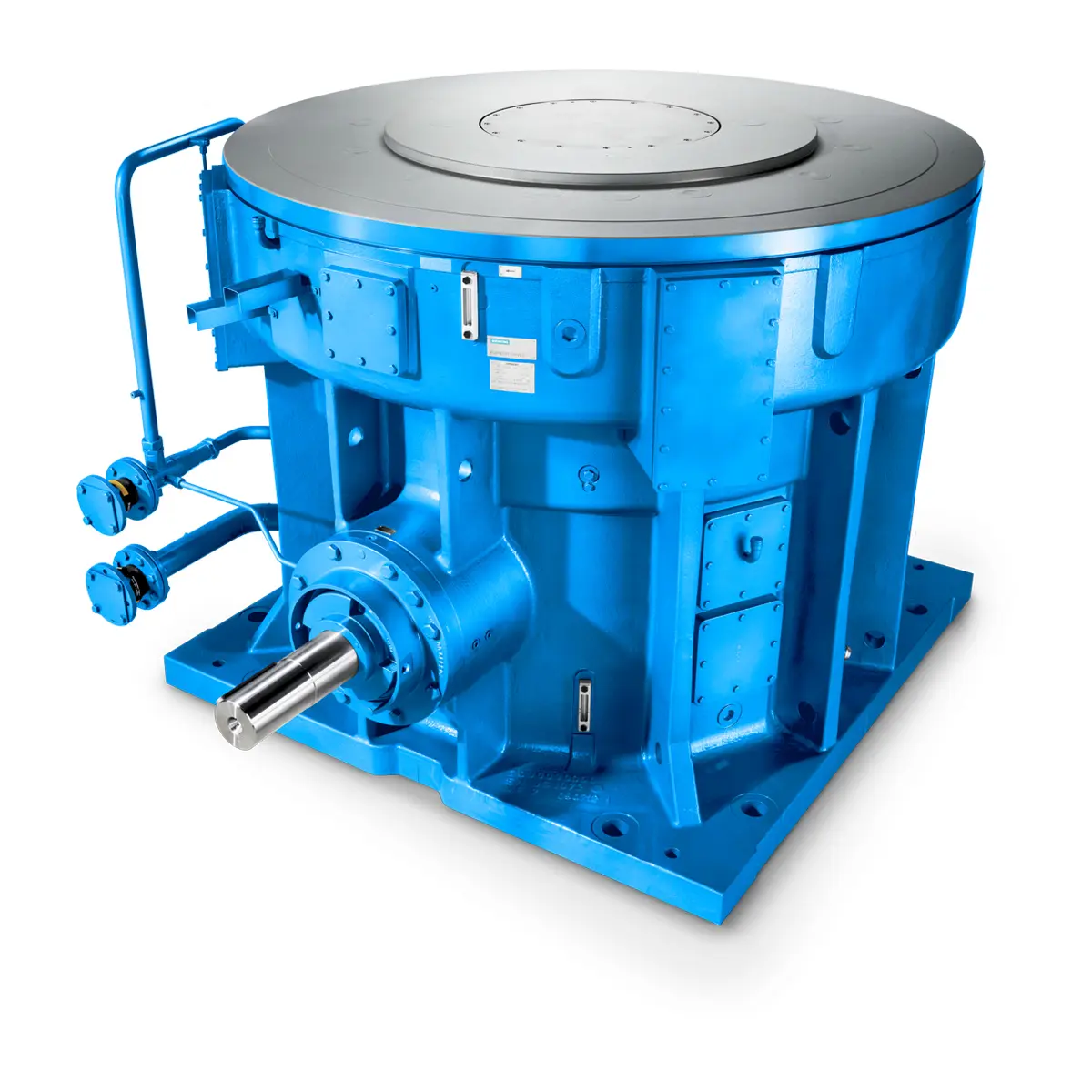 The proven all rounder gearunit gearbox
The proven all rounder gearunit gearbox 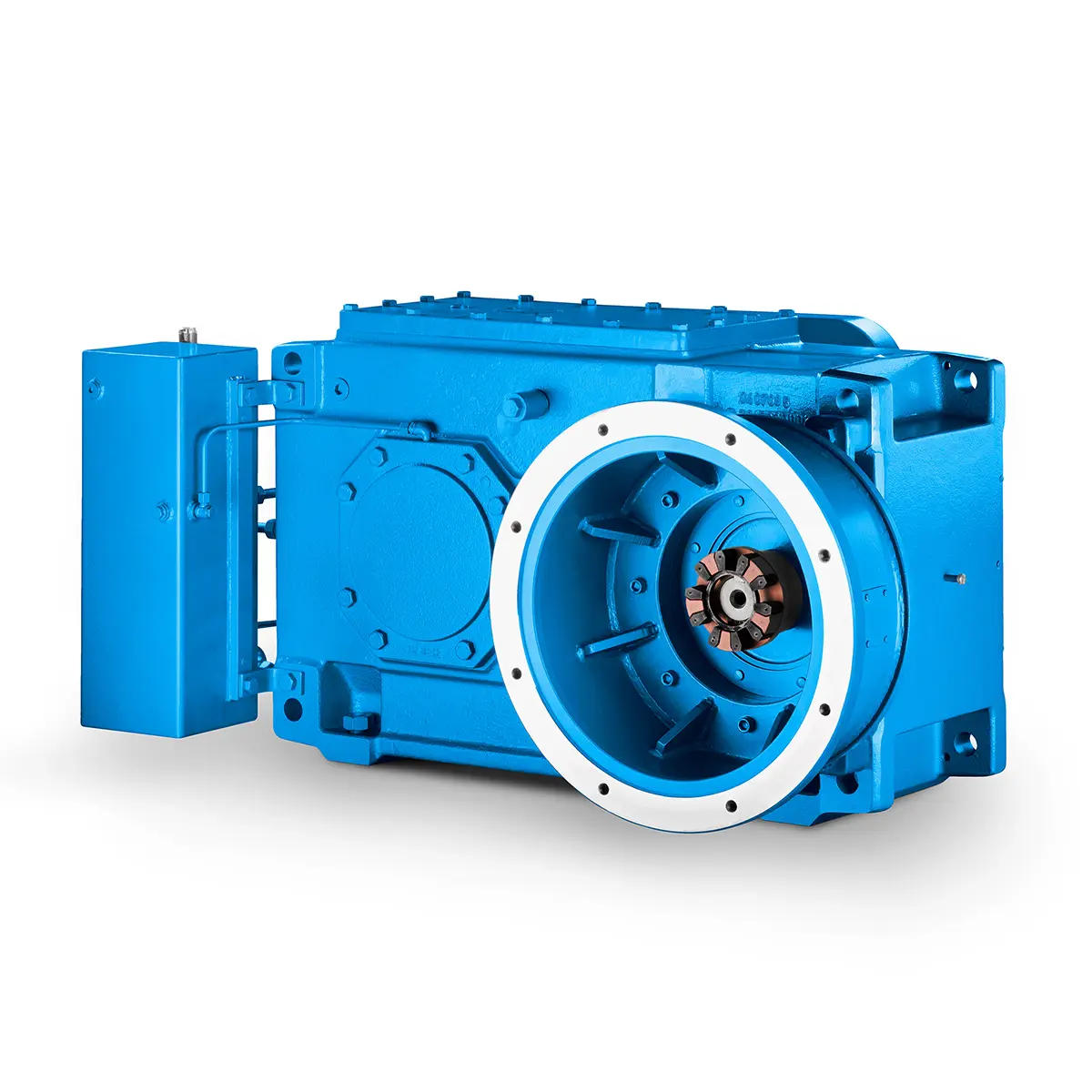 Stirs and stirs and stirs gearunit gearbox
Stirs and stirs and stirs gearunit gearbox 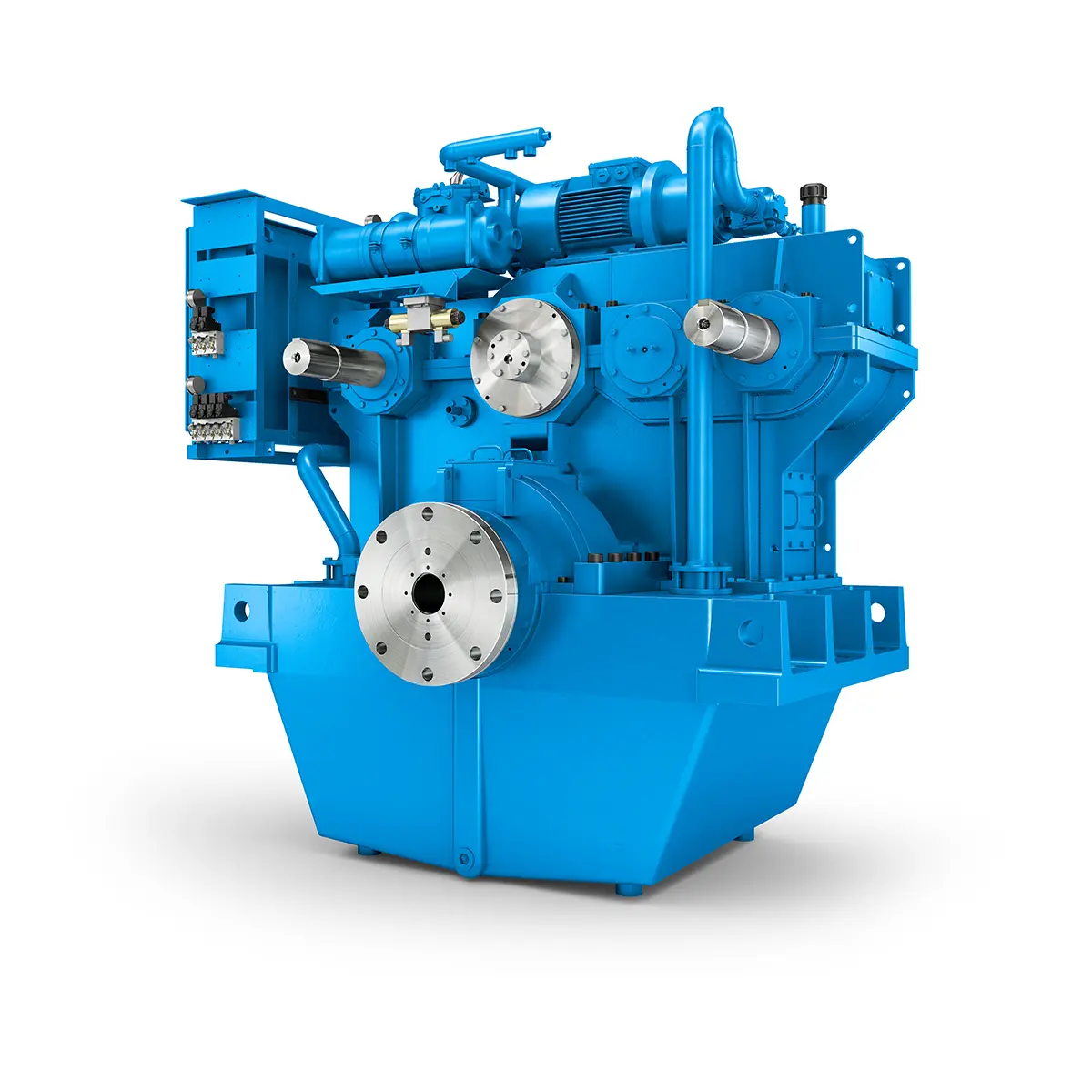 Flexibility on Board gearunit gearbox
Flexibility on Board gearunit gearbox 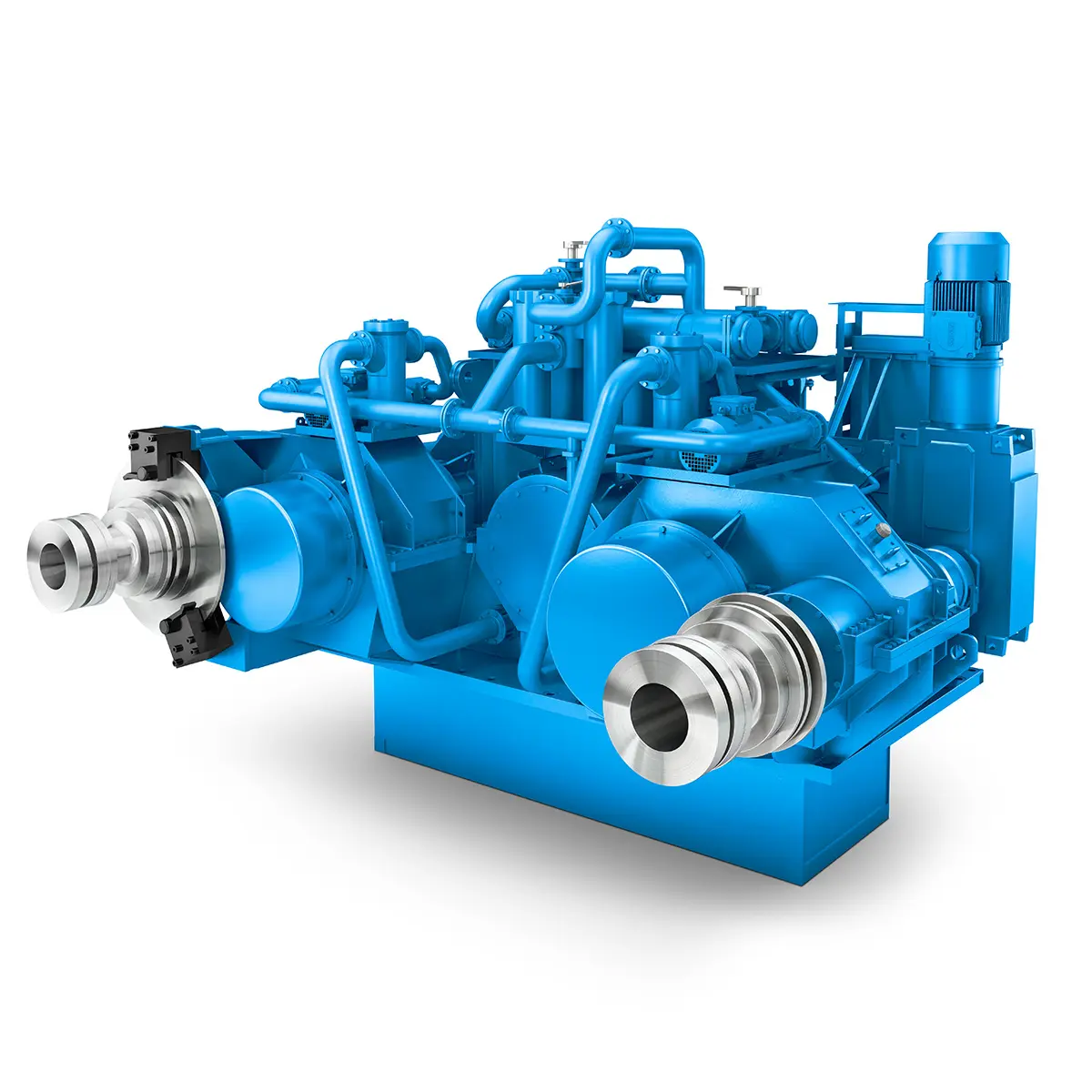 The right gearbox for all Multi-Engine Ships
The right gearbox for all Multi-Engine Ships 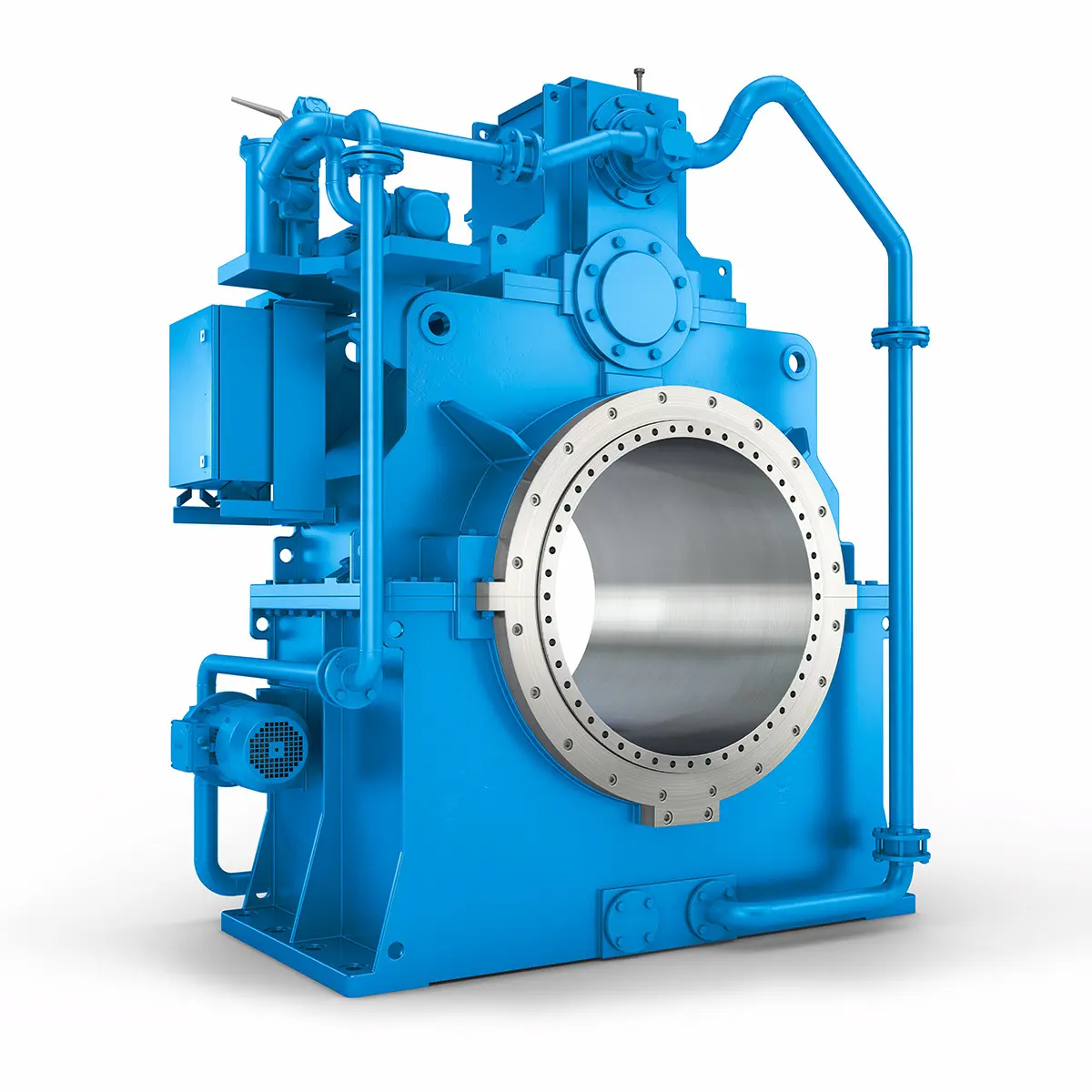 Reliable Power Generation on board
Reliable Power Generation on board 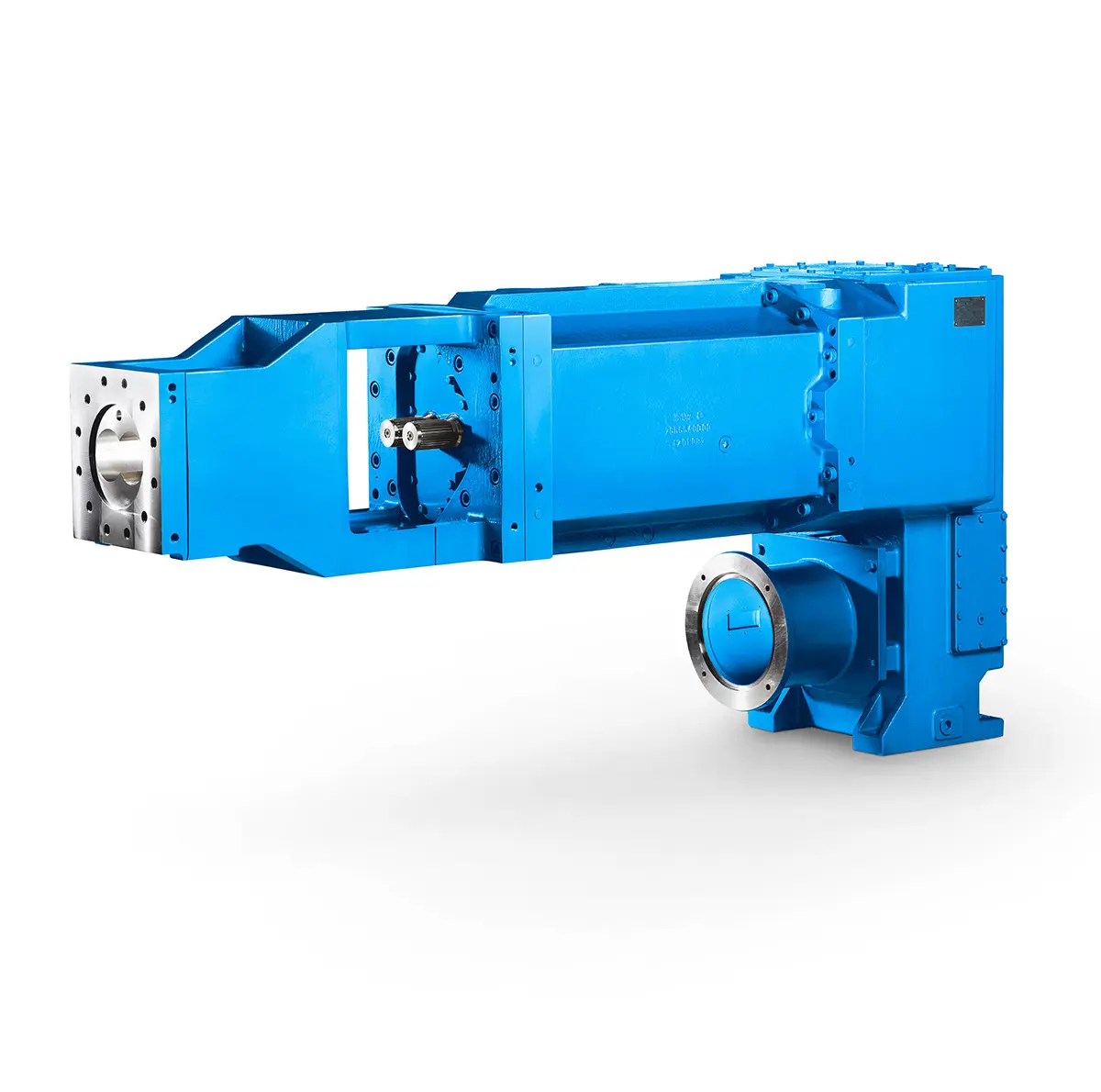 Maximum performance level, fast deliverable
Maximum performance level, fast deliverable 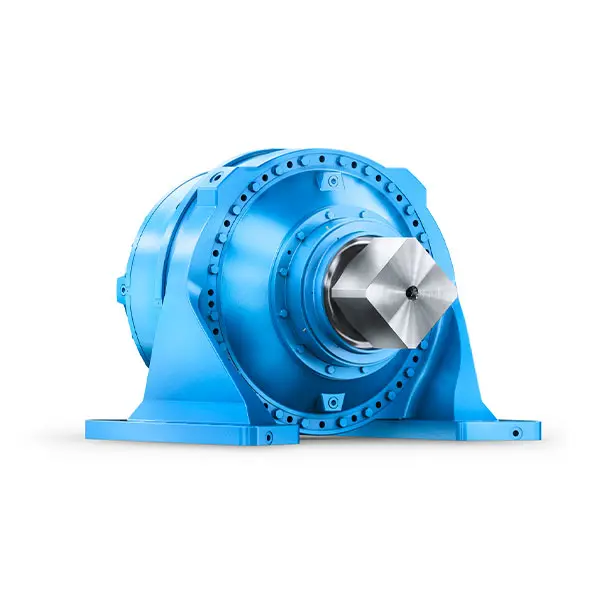 Efficient and compact – FLENDER Gear Units for Sugar Mills
Efficient and compact – FLENDER Gear Units for Sugar Mills 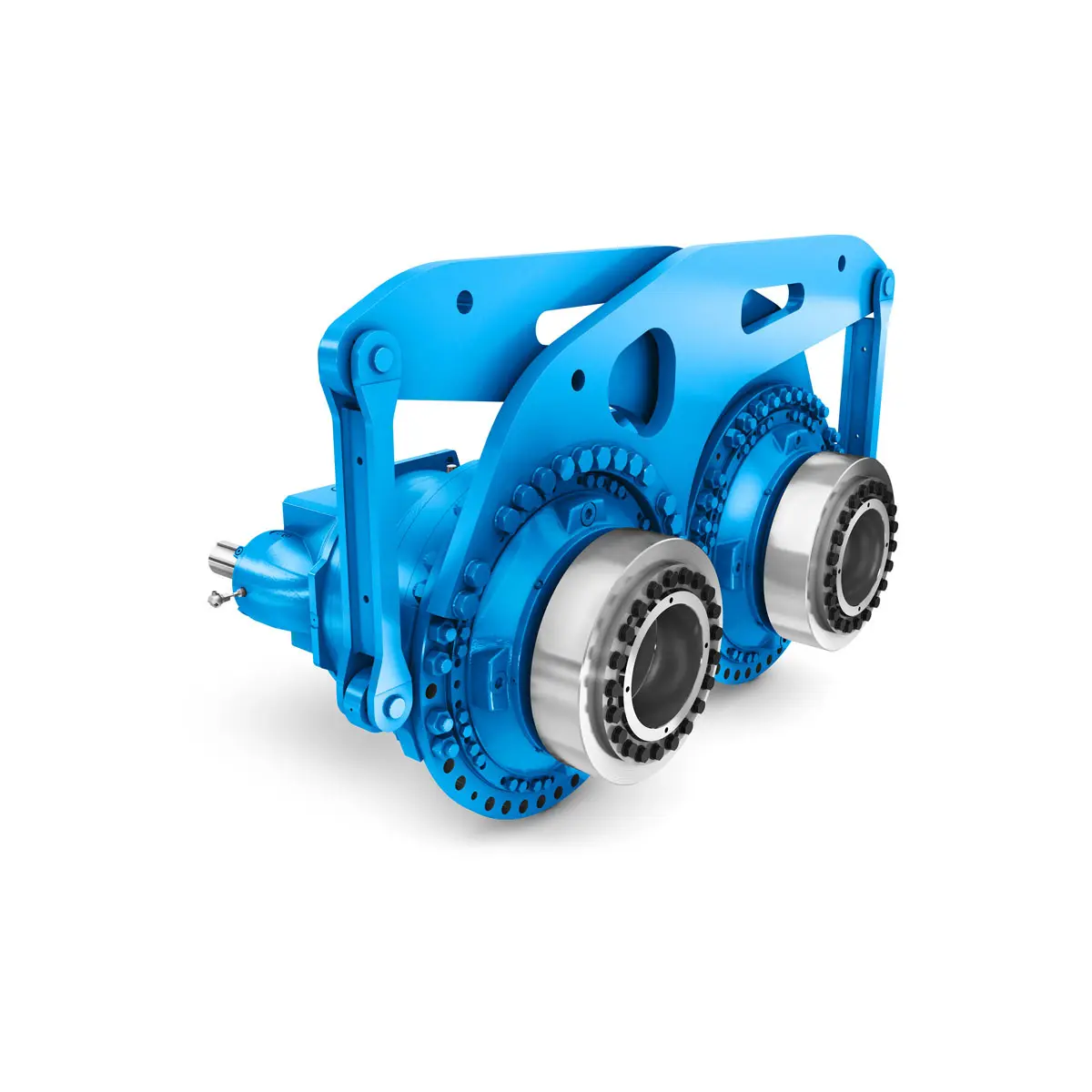 Extremely strong. Extremely compact. Extremely stressable.
Extremely strong. Extremely compact. Extremely stressable.  FLENDER Coupling
FLENDER Coupling 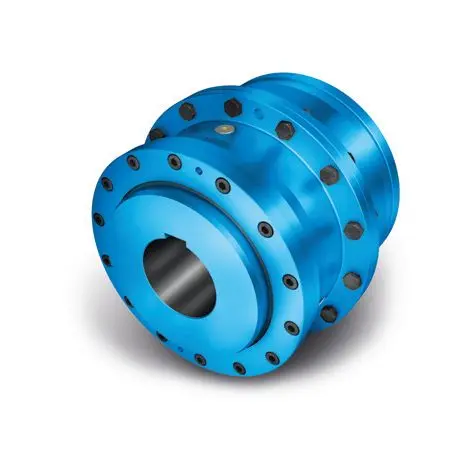 ZAPEX ZW Torsionally Rigid Gear Coupling
ZAPEX ZW Torsionally Rigid Gear Coupling 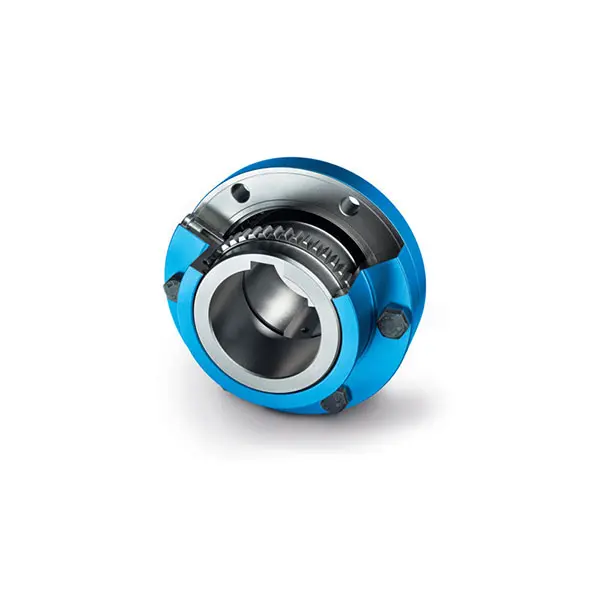 ZAPEX ZN Torsionally Rigid Gear Coupling
ZAPEX ZN Torsionally Rigid Gear Coupling 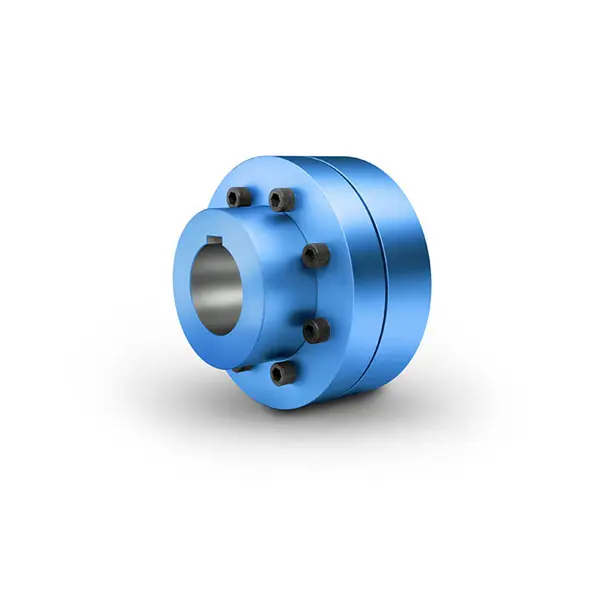 N-EUPEX Flexible high performance Coupling
N-EUPEX Flexible high performance Coupling 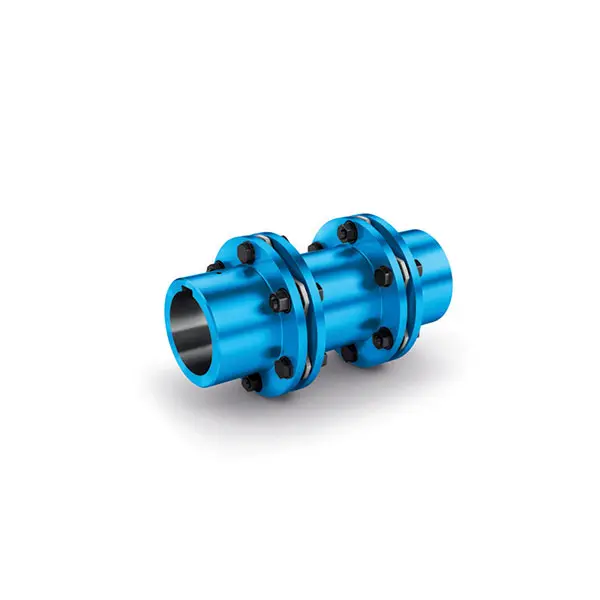 N-ARPEX Torsionally Rigid All-Steel Coupling
N-ARPEX Torsionally Rigid All-Steel Coupling 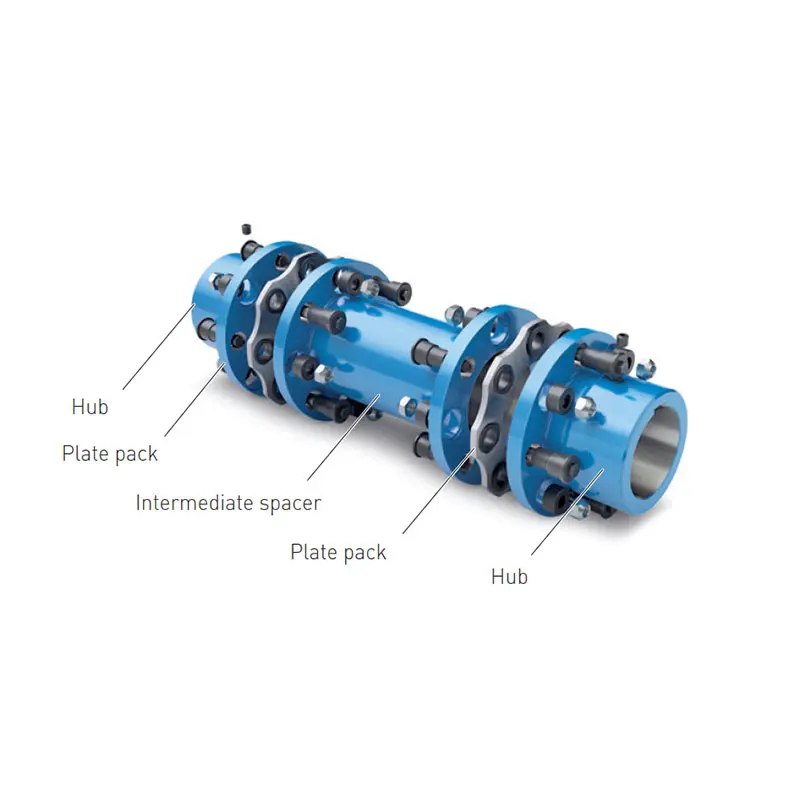 ARPEX Torsionally Rigid All-Steel Coupling Spare and Parts
ARPEX Torsionally Rigid All-Steel Coupling Spare and Parts  N-EUPEX DS Flexible High Performance Coupling
N-EUPEX DS Flexible High Performance Coupling 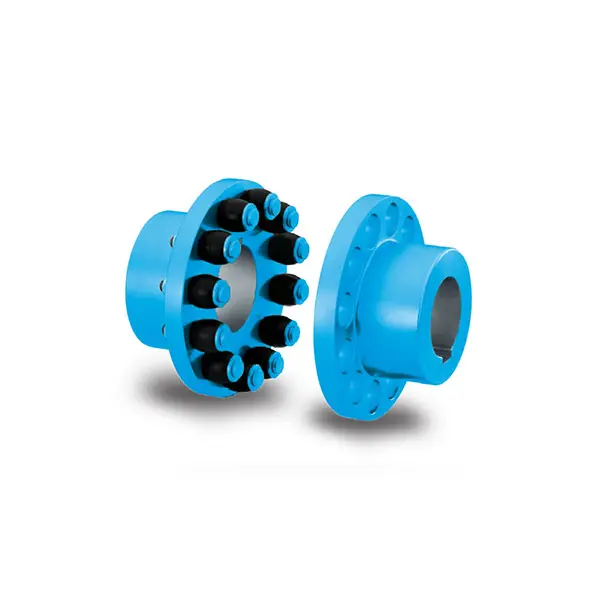 RUPEX Flexible high performance Coupling
RUPEX Flexible high performance Coupling 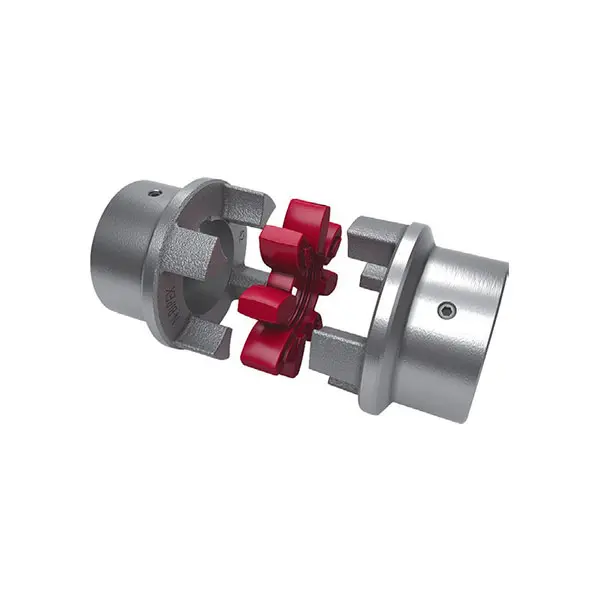 N BIPEX Flexible high performance coupling
N BIPEX Flexible high performance coupling 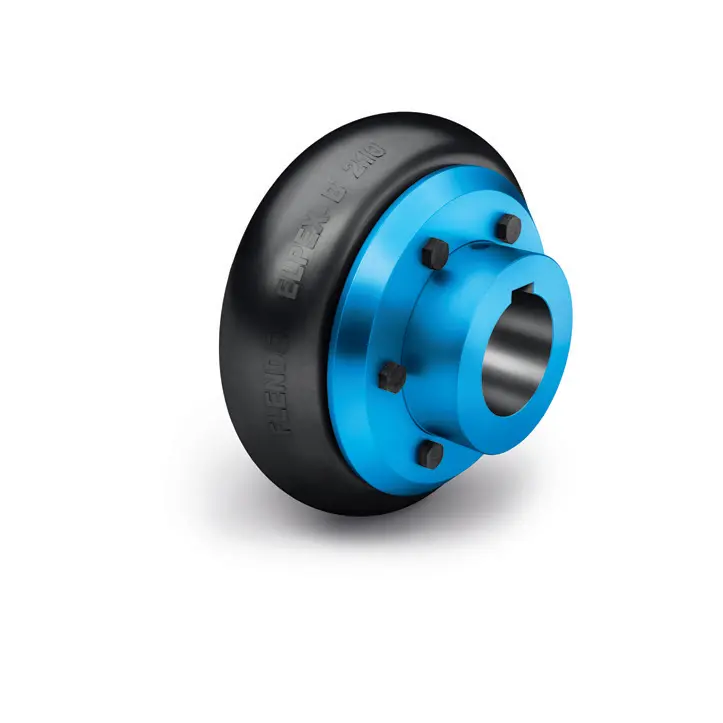 ELPEX B Highly Flexible Coupling
ELPEX B Highly Flexible Coupling 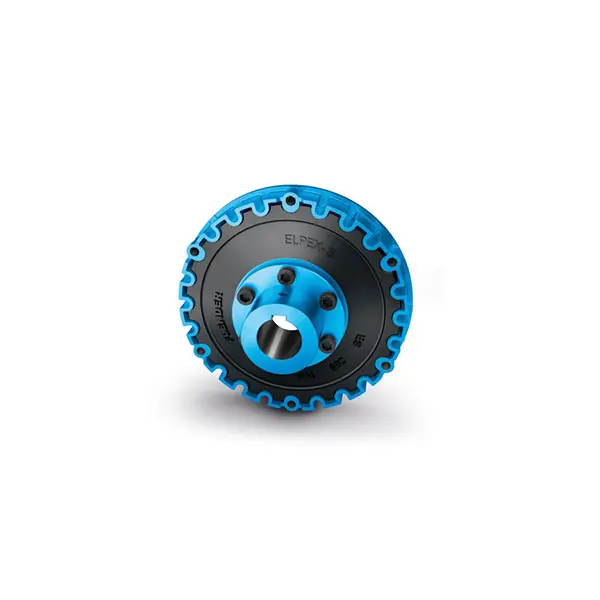 ELPEX S Highly Flexible Coupling high performance
ELPEX S Highly Flexible Coupling high performance 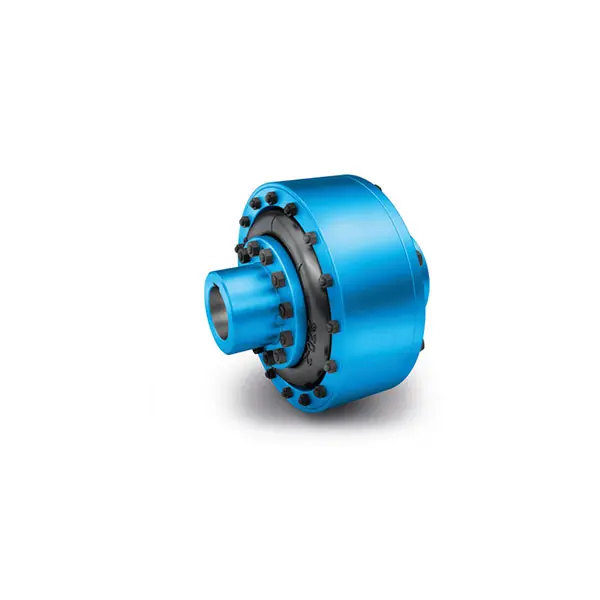 ELPEX Highly Flexible Coupling high performance
ELPEX Highly Flexible Coupling high performance  FLUDEX Fluid Coupling high performance
FLUDEX Fluid Coupling high performance 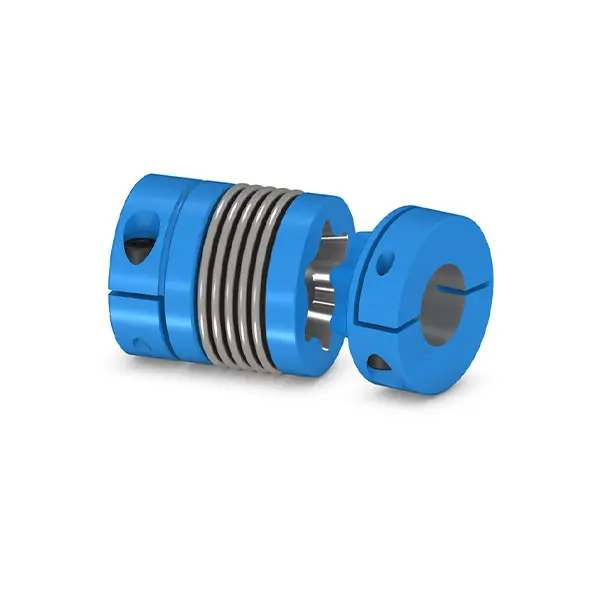 SIPEX Backlash free Coupling high performance
SIPEX Backlash free Coupling high performance 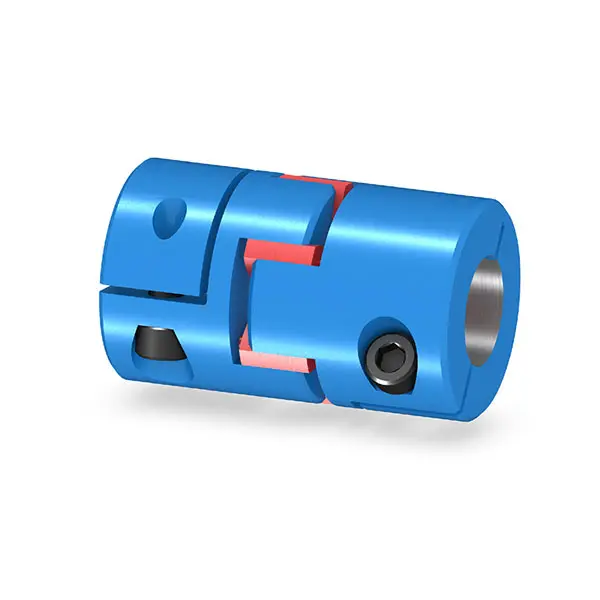 BIPEX S Backlash free Coupling high performance
BIPEX S Backlash free Coupling high performance 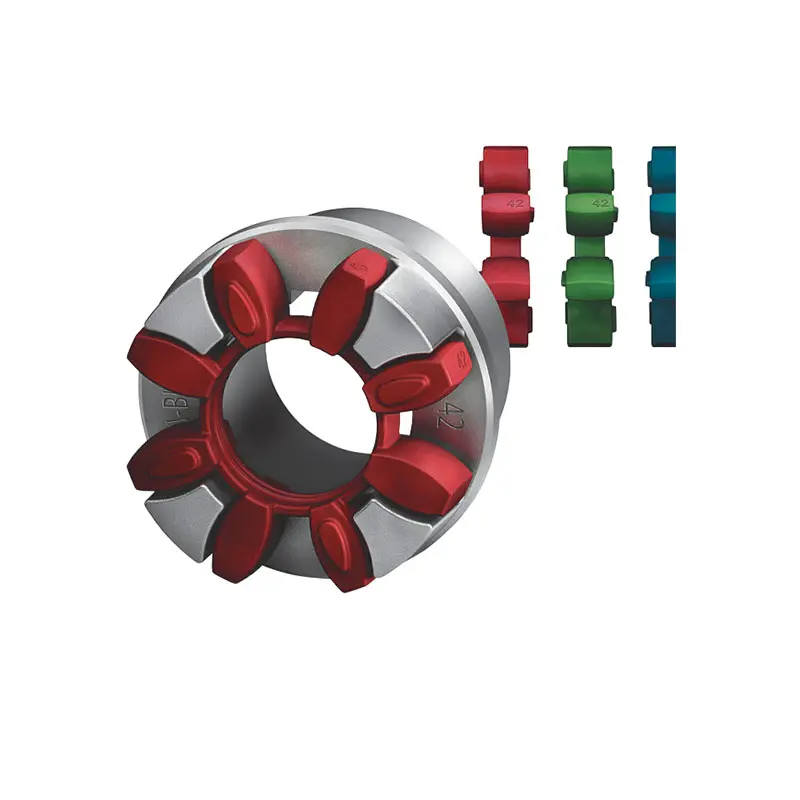 FLENDER Coupling Spare Parts high performance
FLENDER Coupling Spare Parts high performance 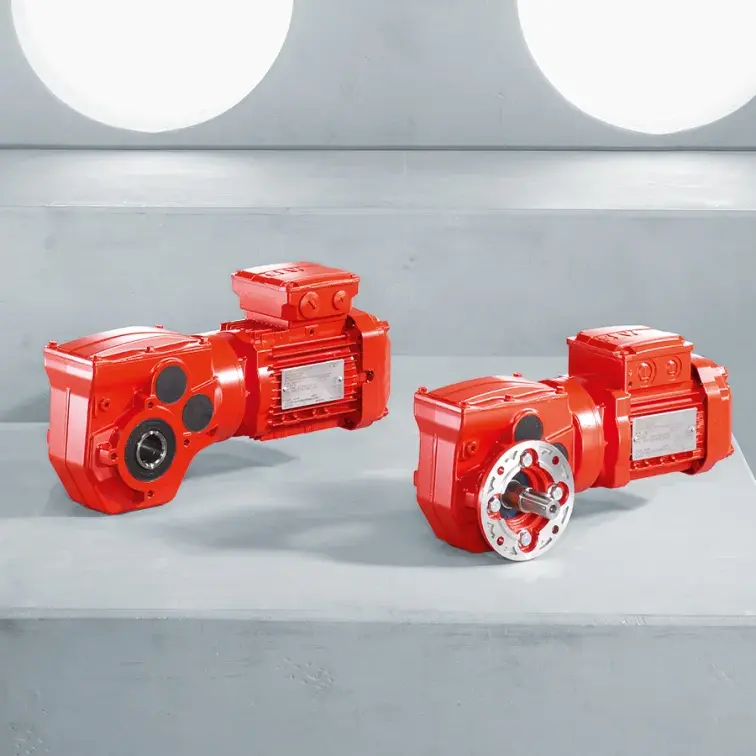 SEW Gearmotor
SEW Gearmotor
Our Company
News
Case
Contact Us
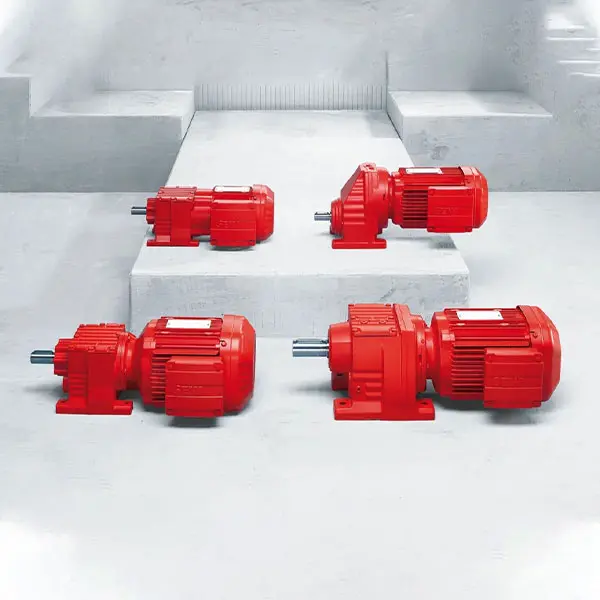 R Series Helical Gearmotor low voltage
R Series Helical Gearmotor low voltage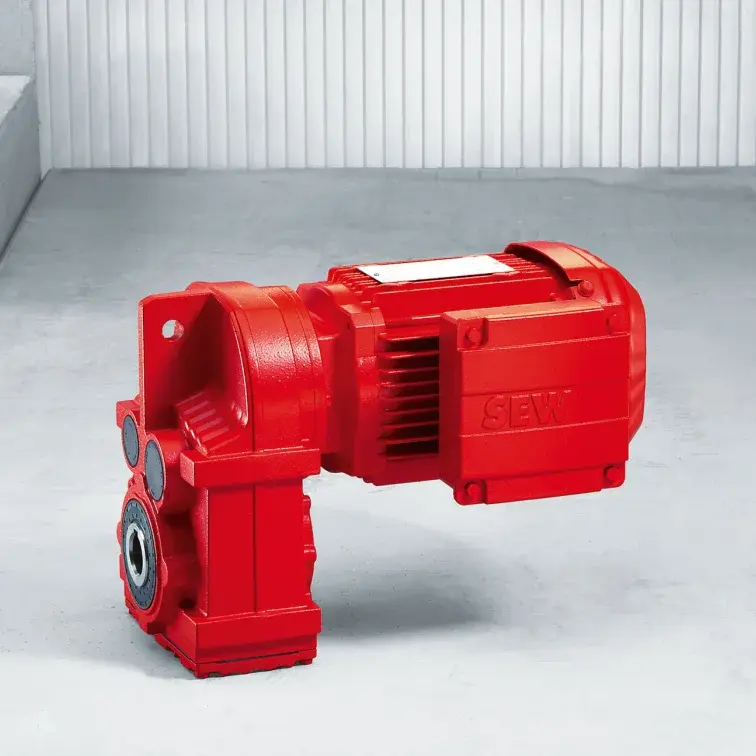 F Series Parallel Shaft Gearmotor low voltage
F Series Parallel Shaft Gearmotor low voltage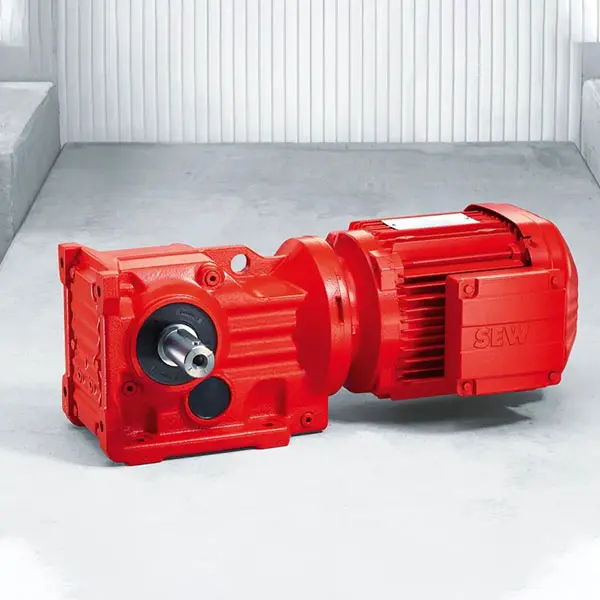 K Series Helical Bevel Gearmotor low voltage
K Series Helical Bevel Gearmotor low voltage S Series Helical Worm Gearmotor low voltage
S Series Helical Worm Gearmotor low voltage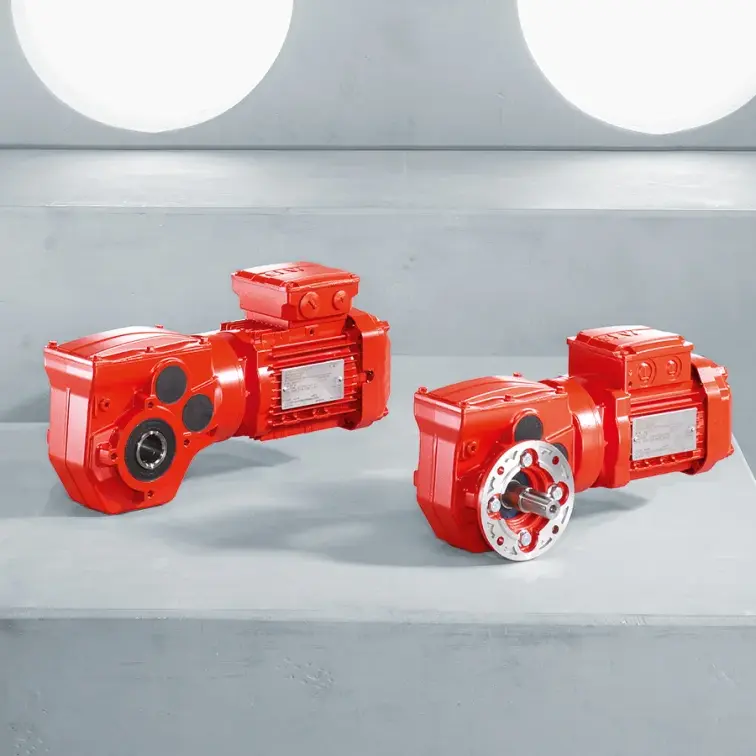 W Series SPIROPLAN® Right Angle Gearmotor
W Series SPIROPLAN® Right Angle Gearmotor







